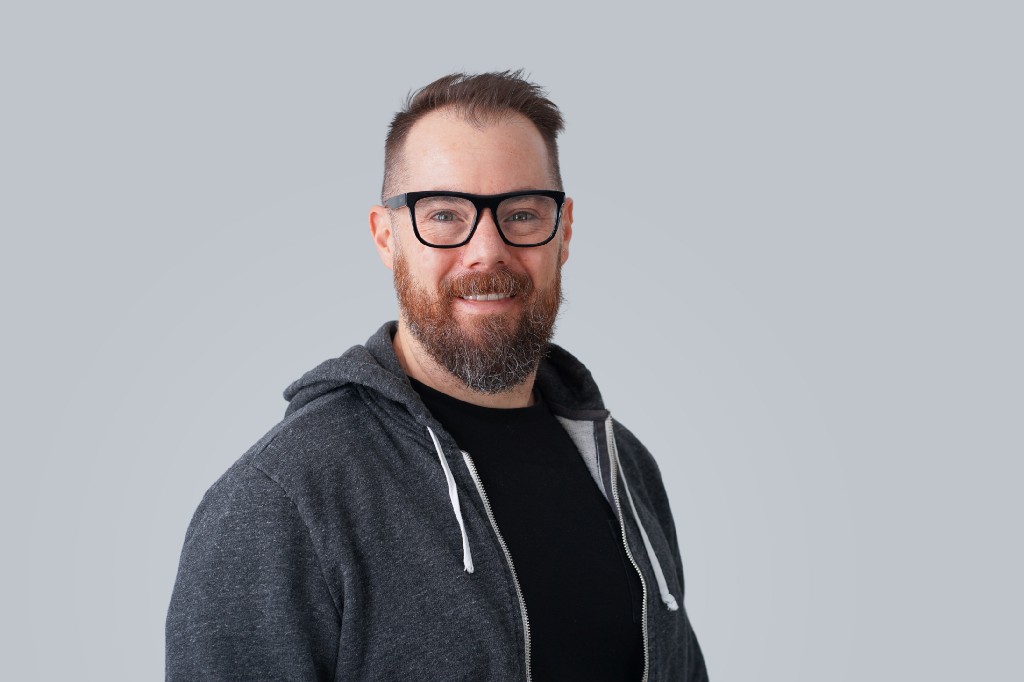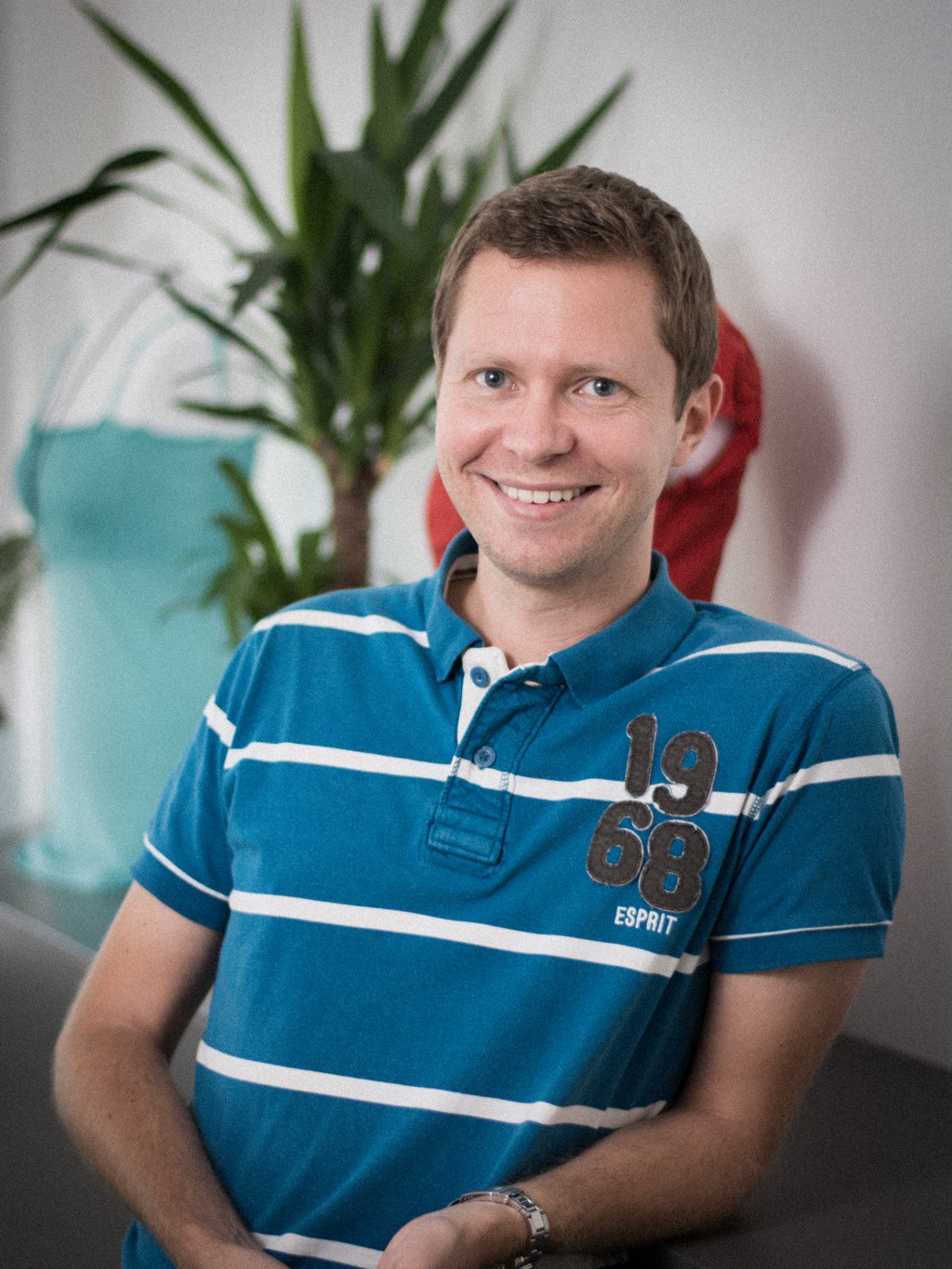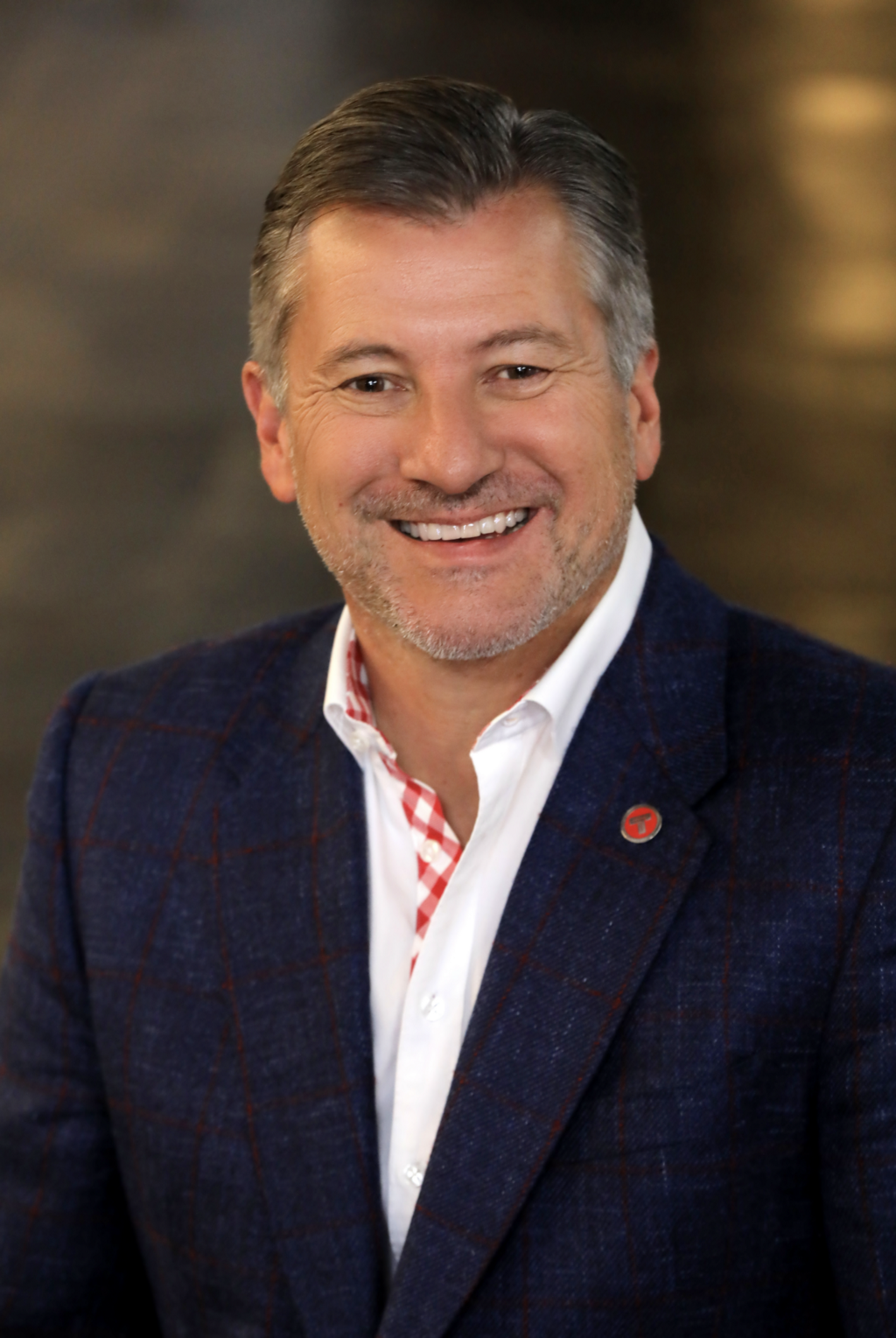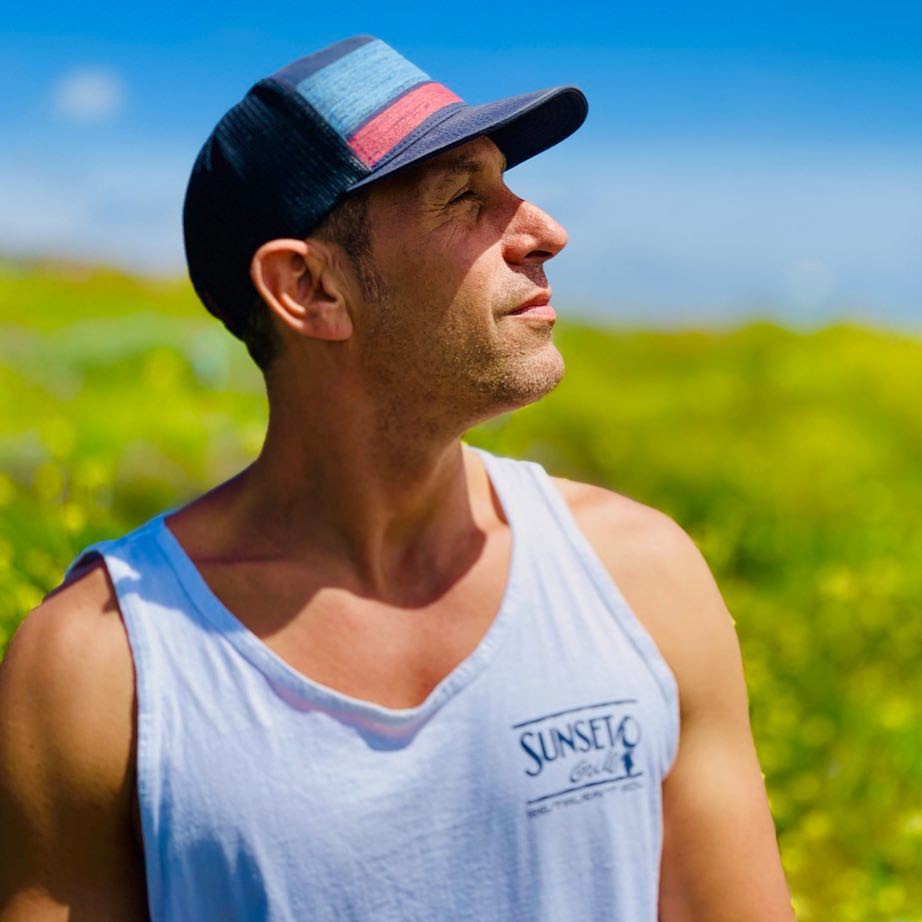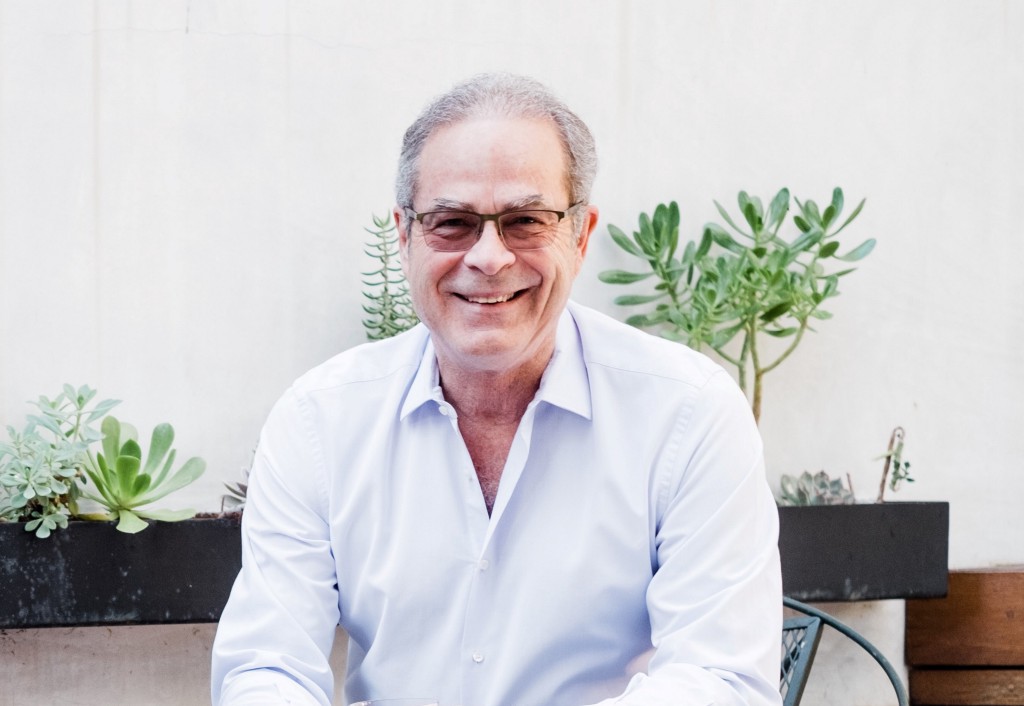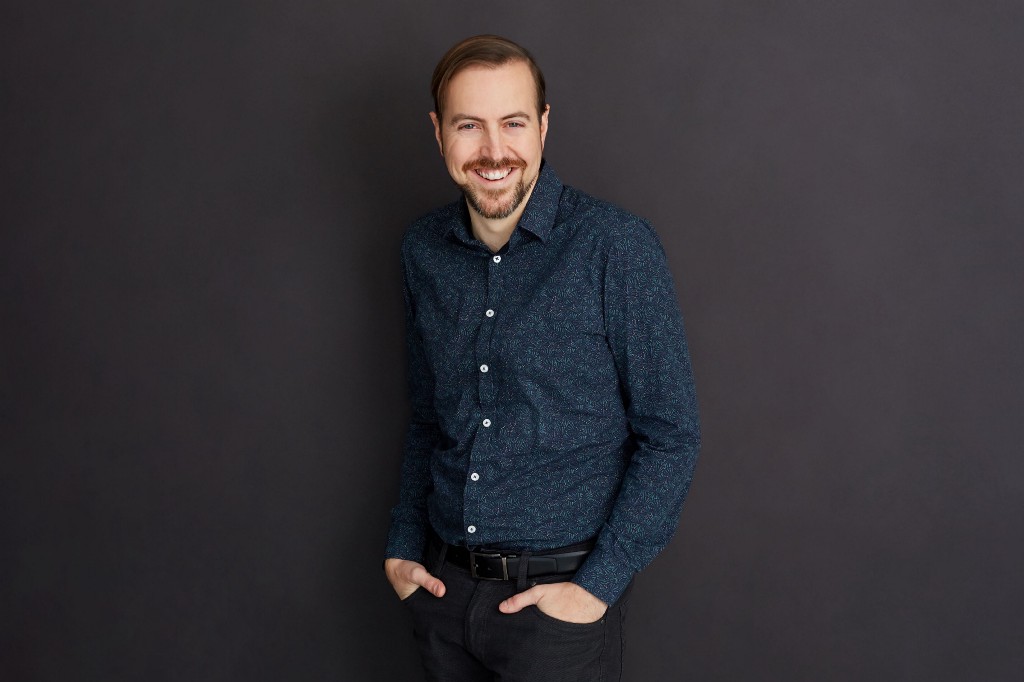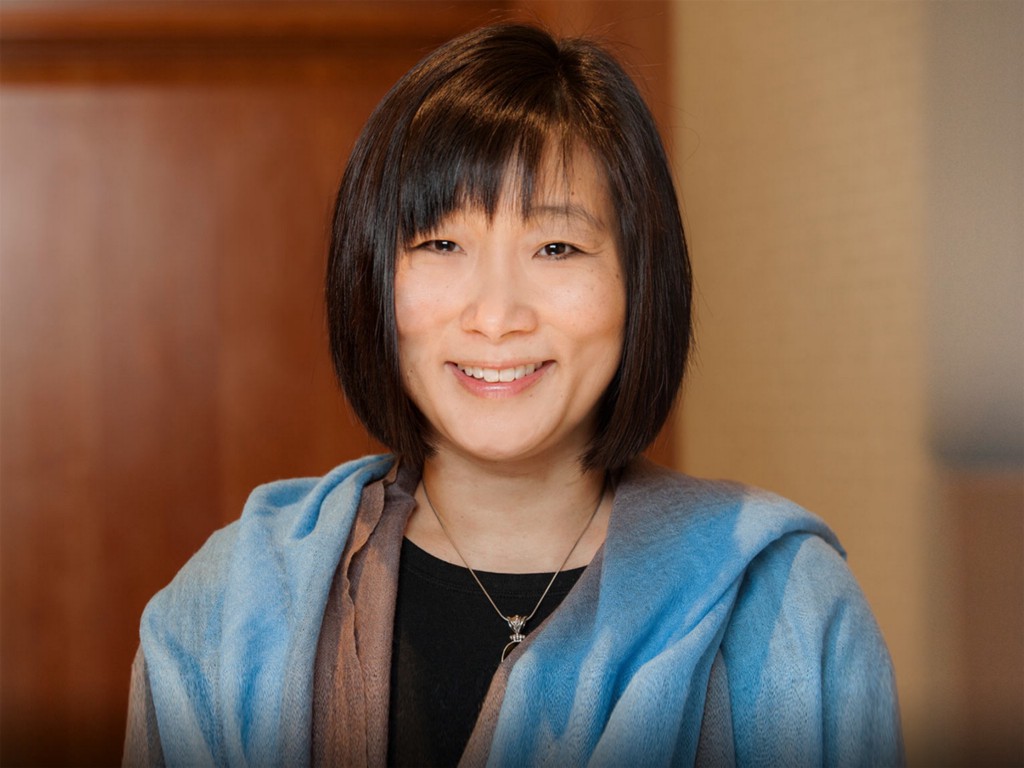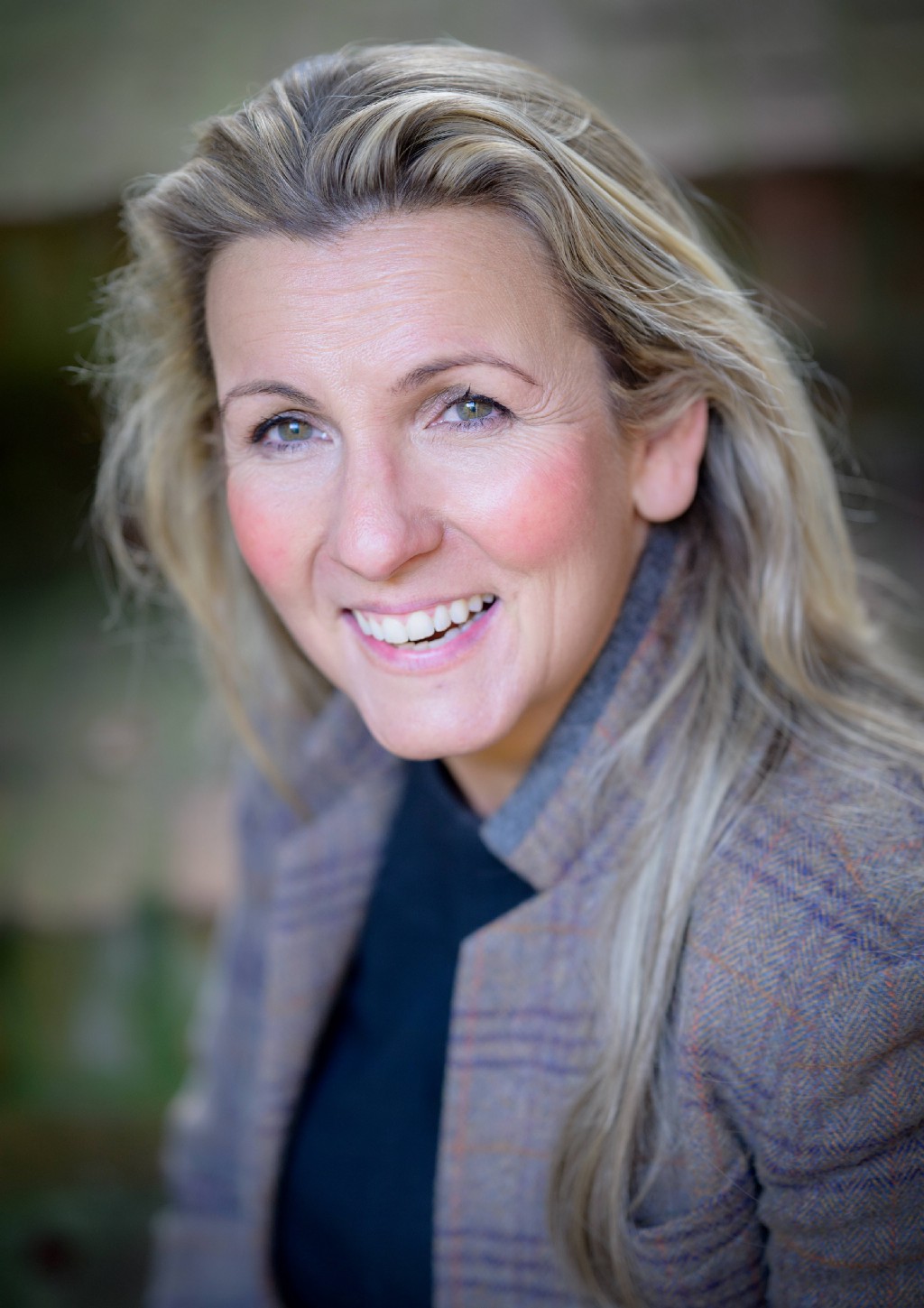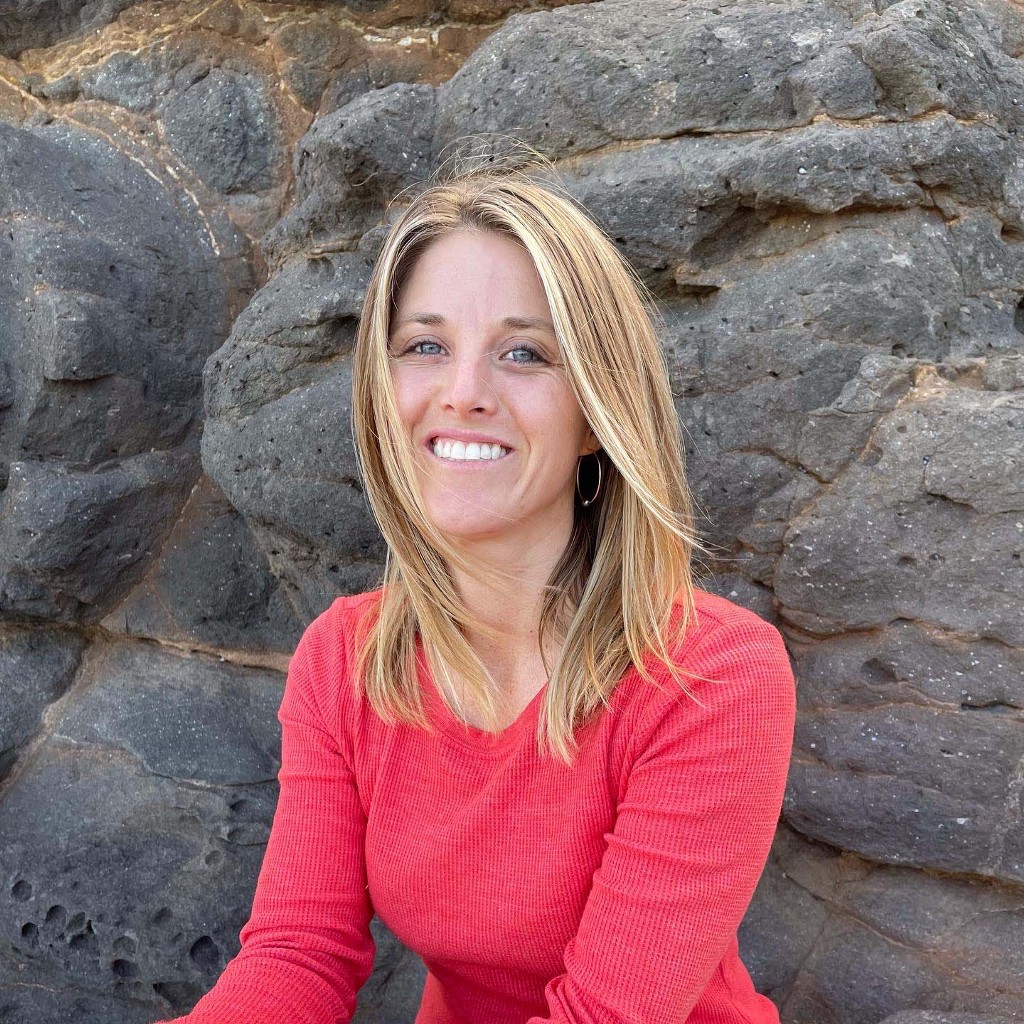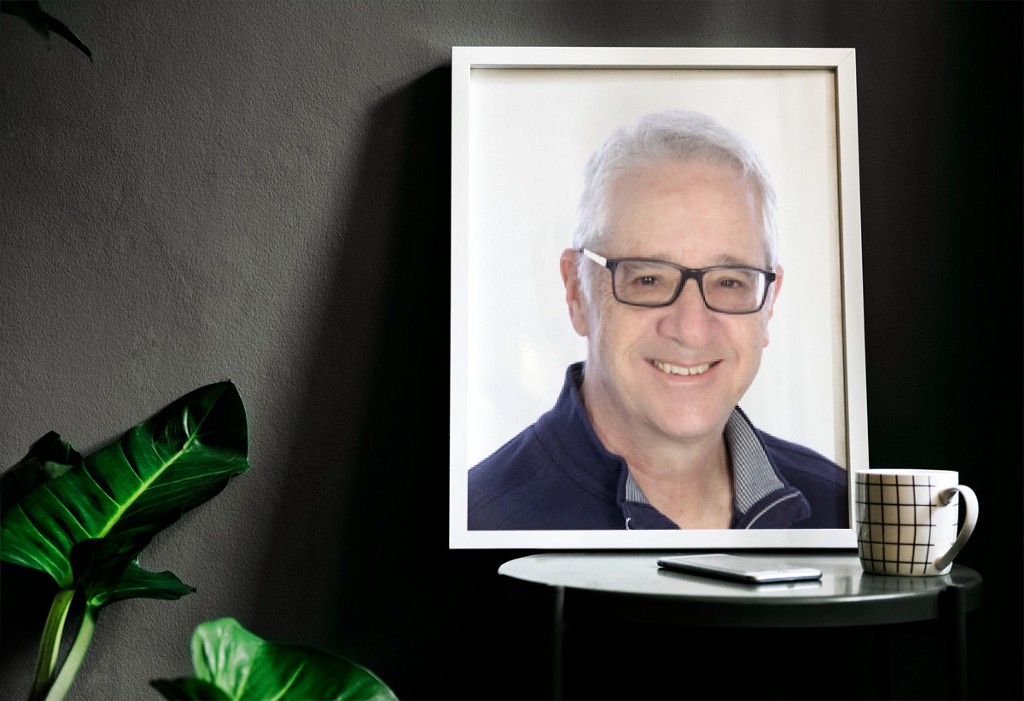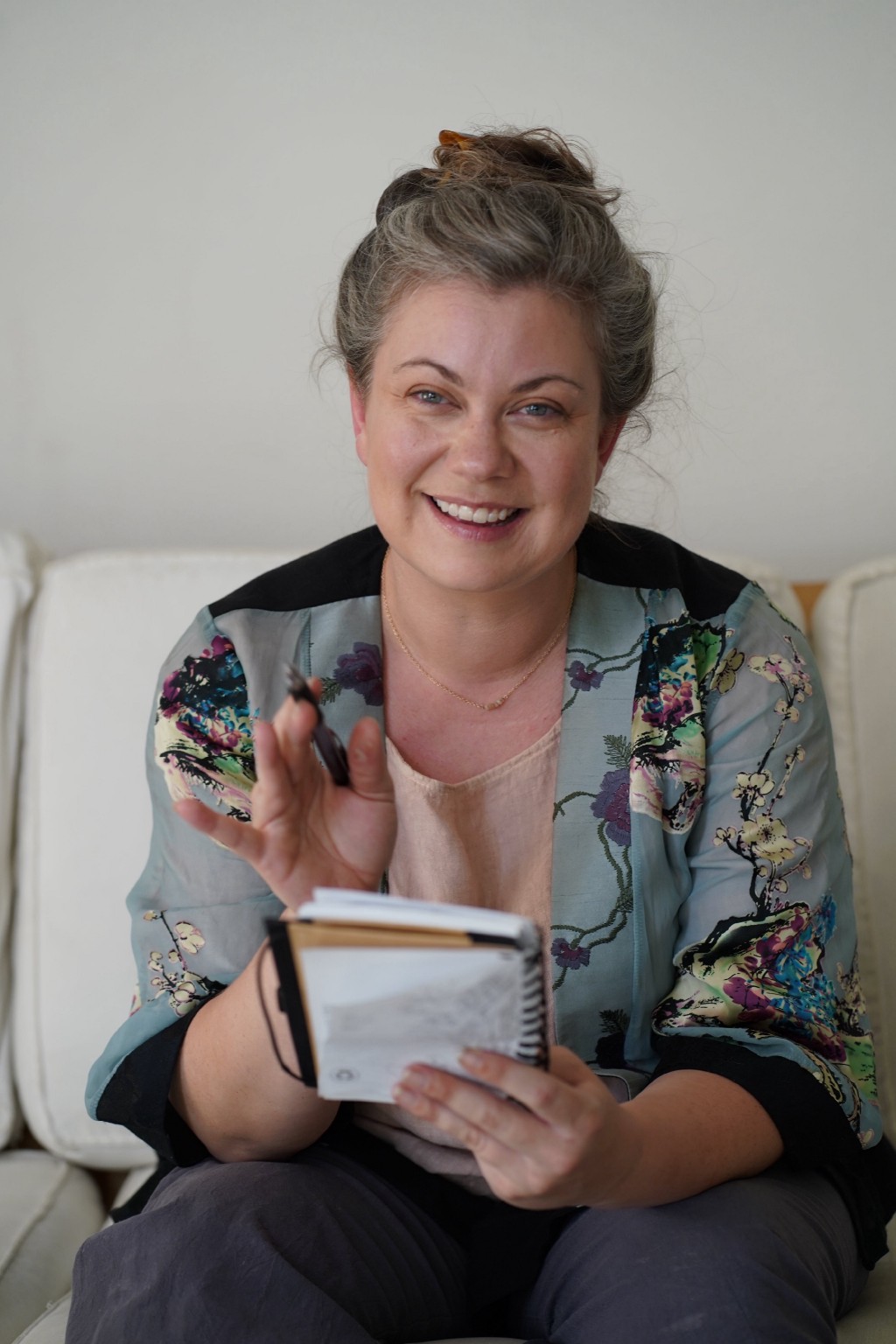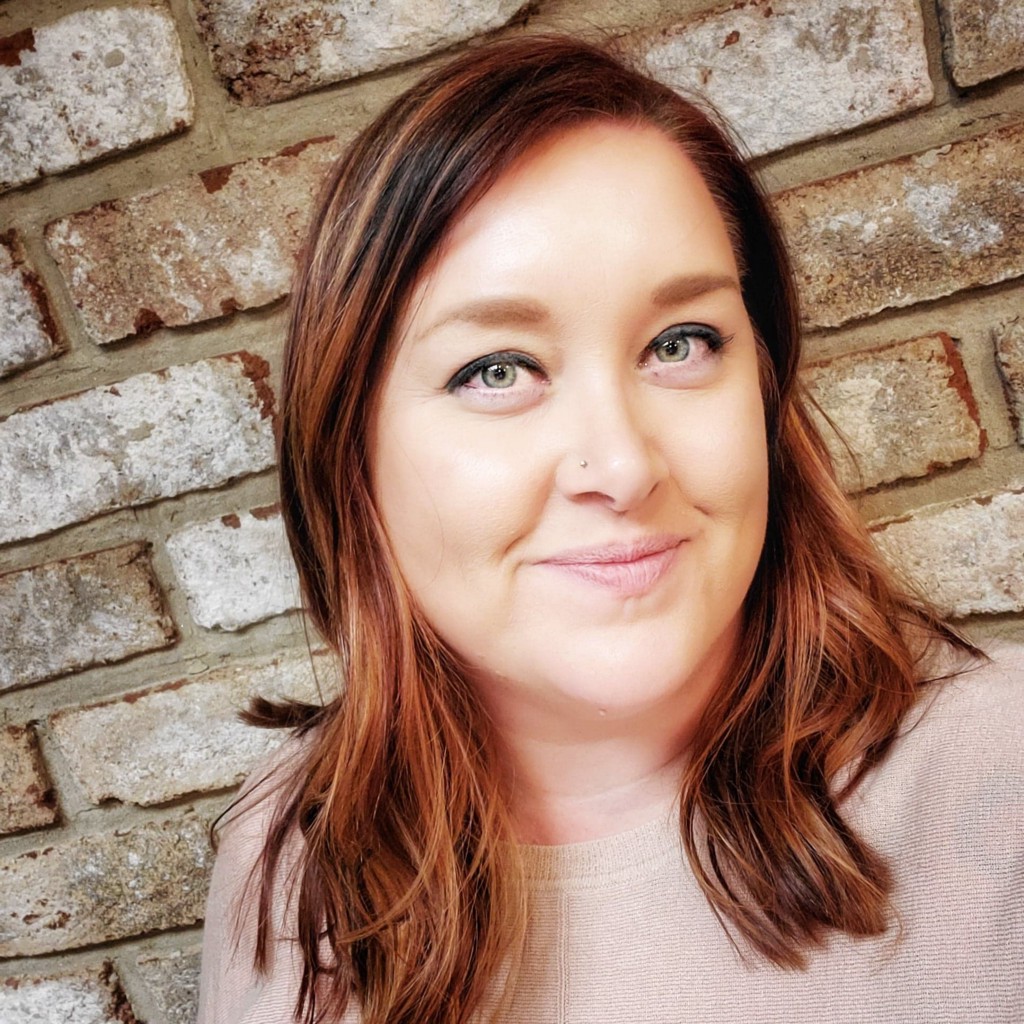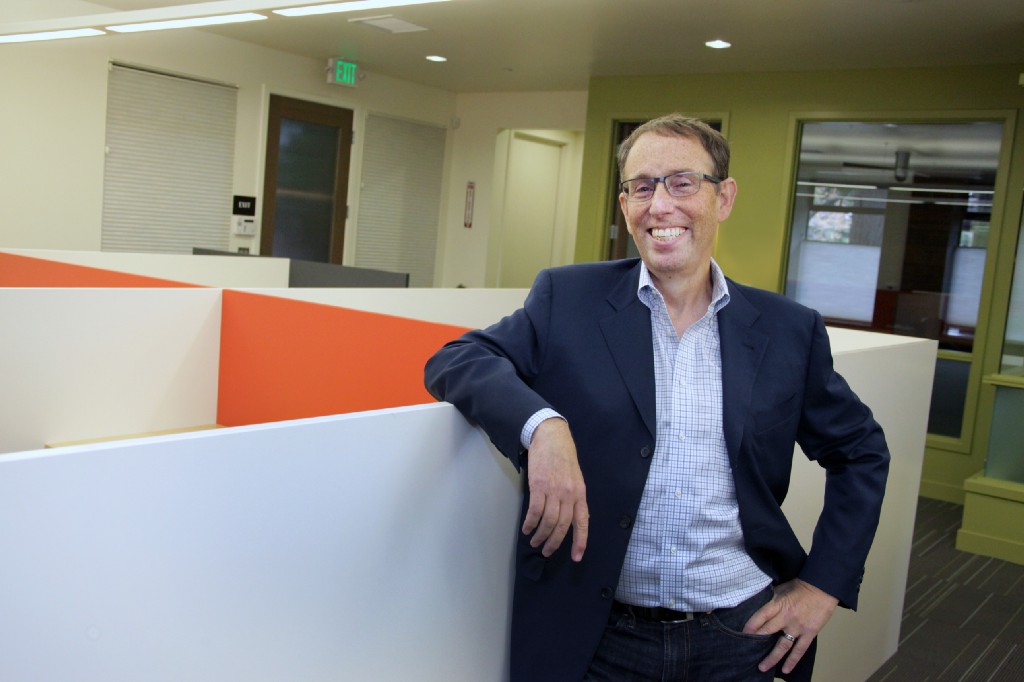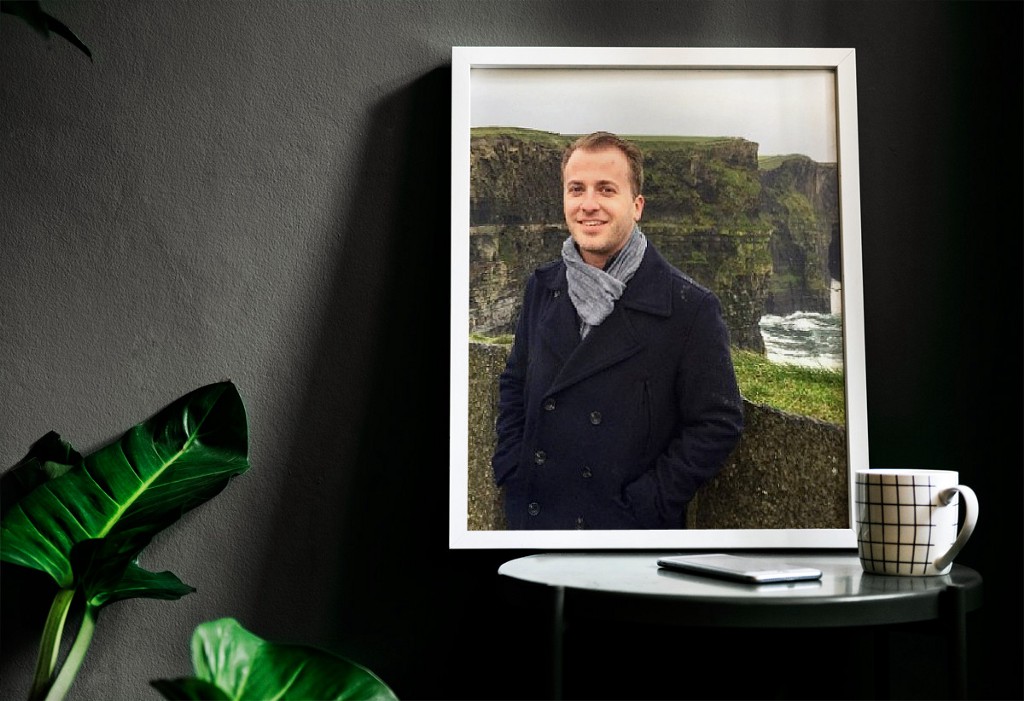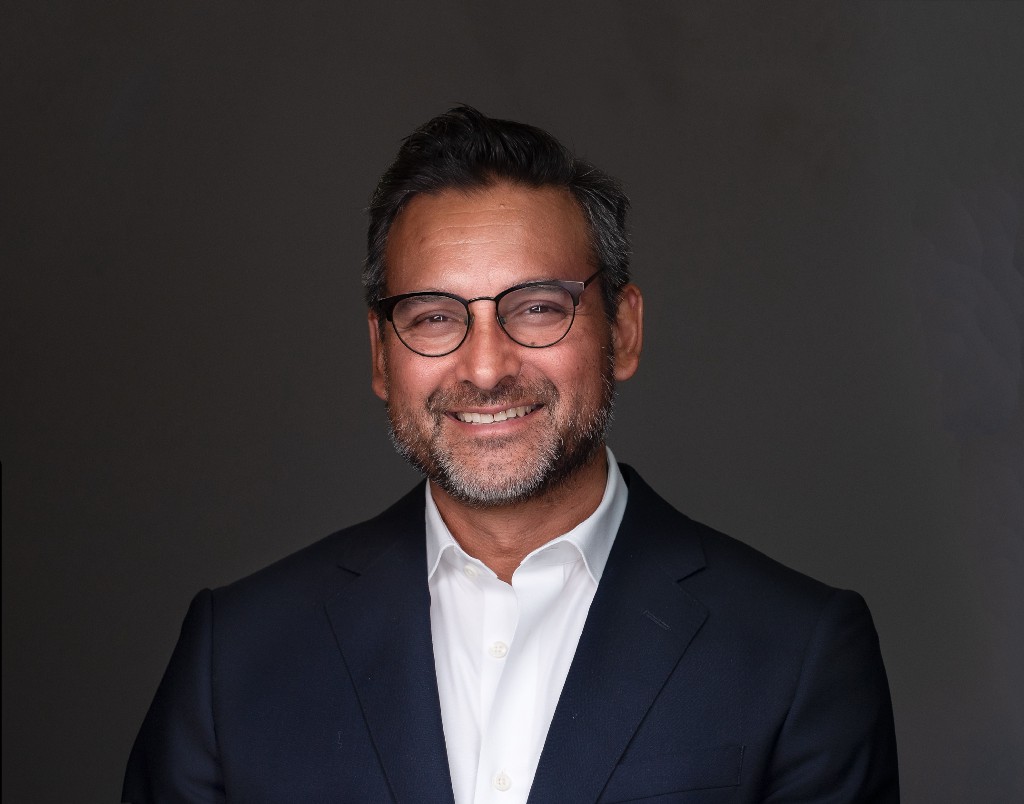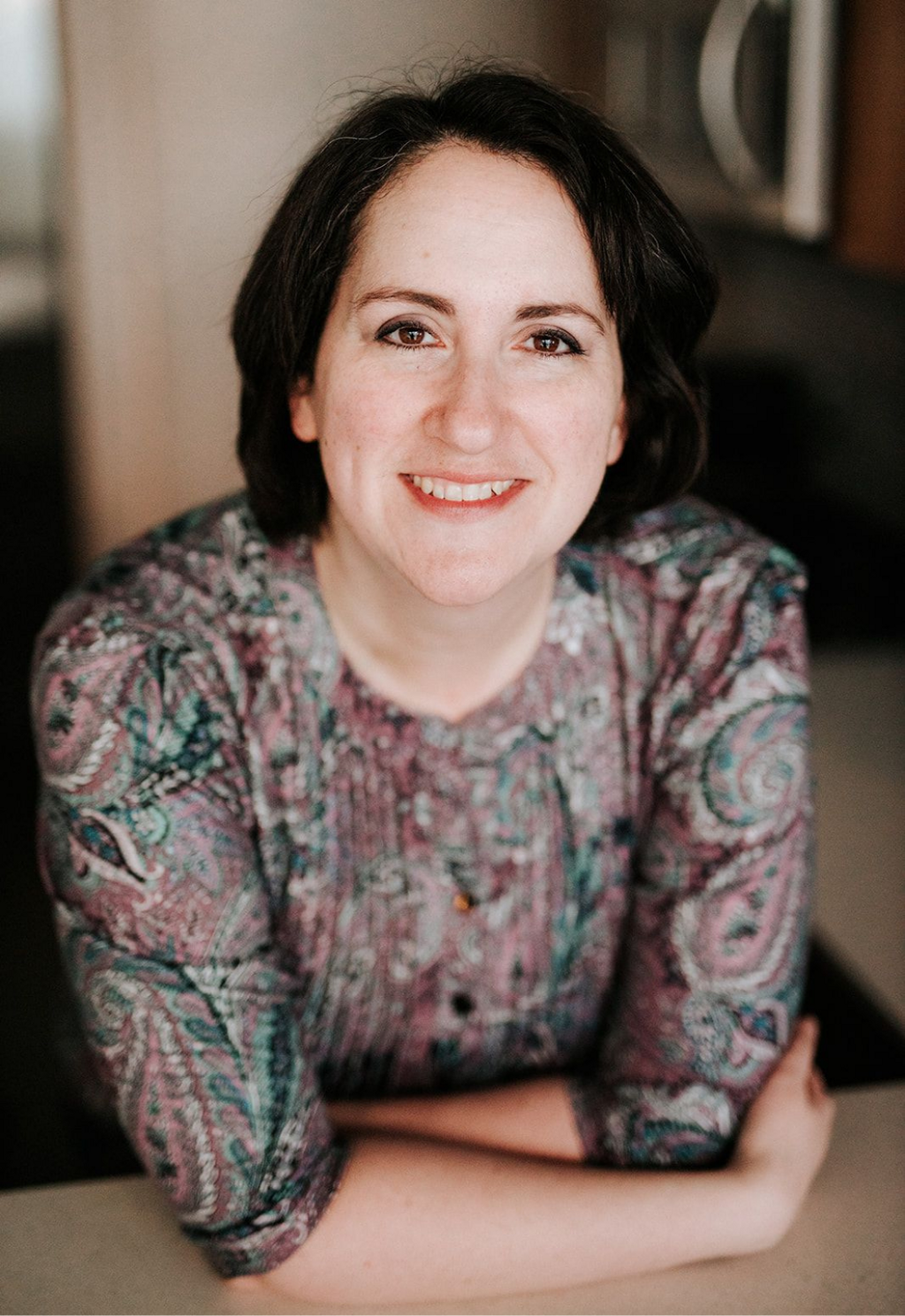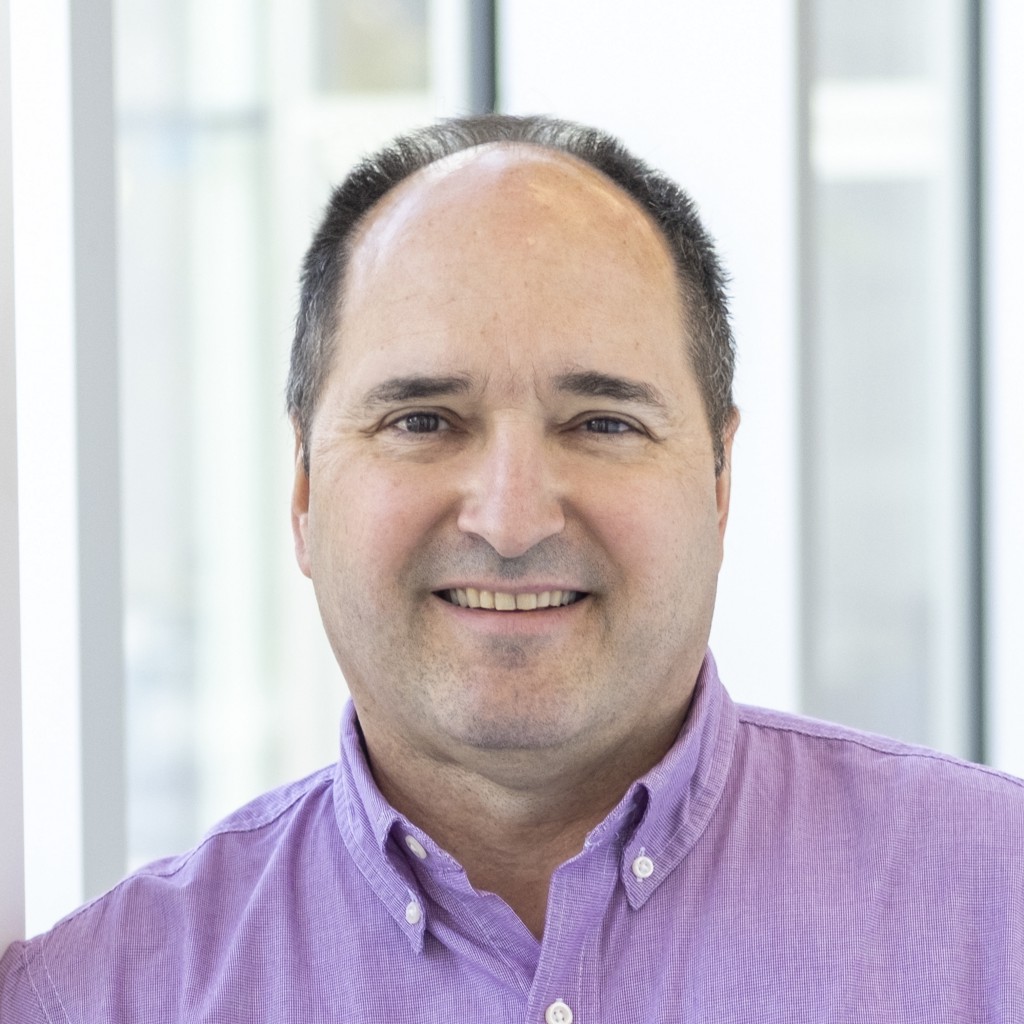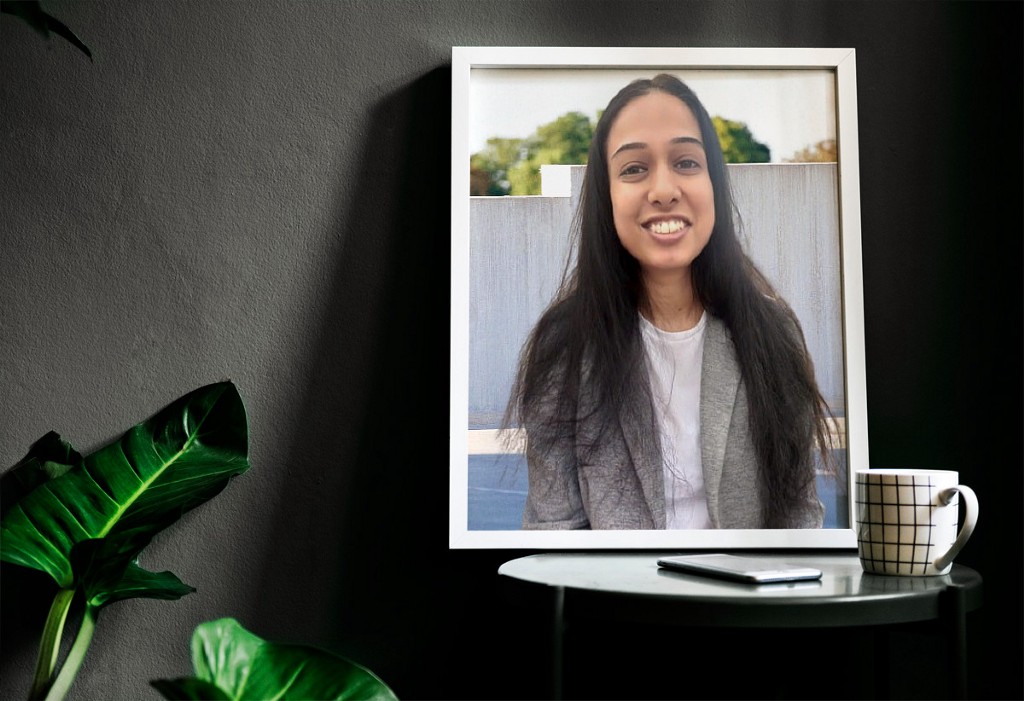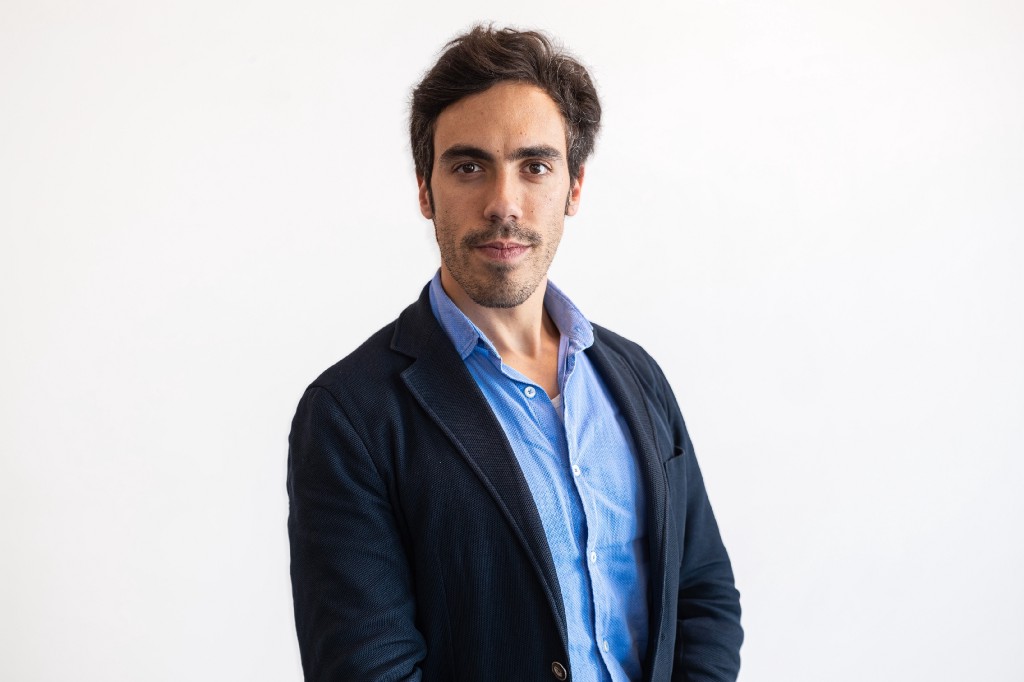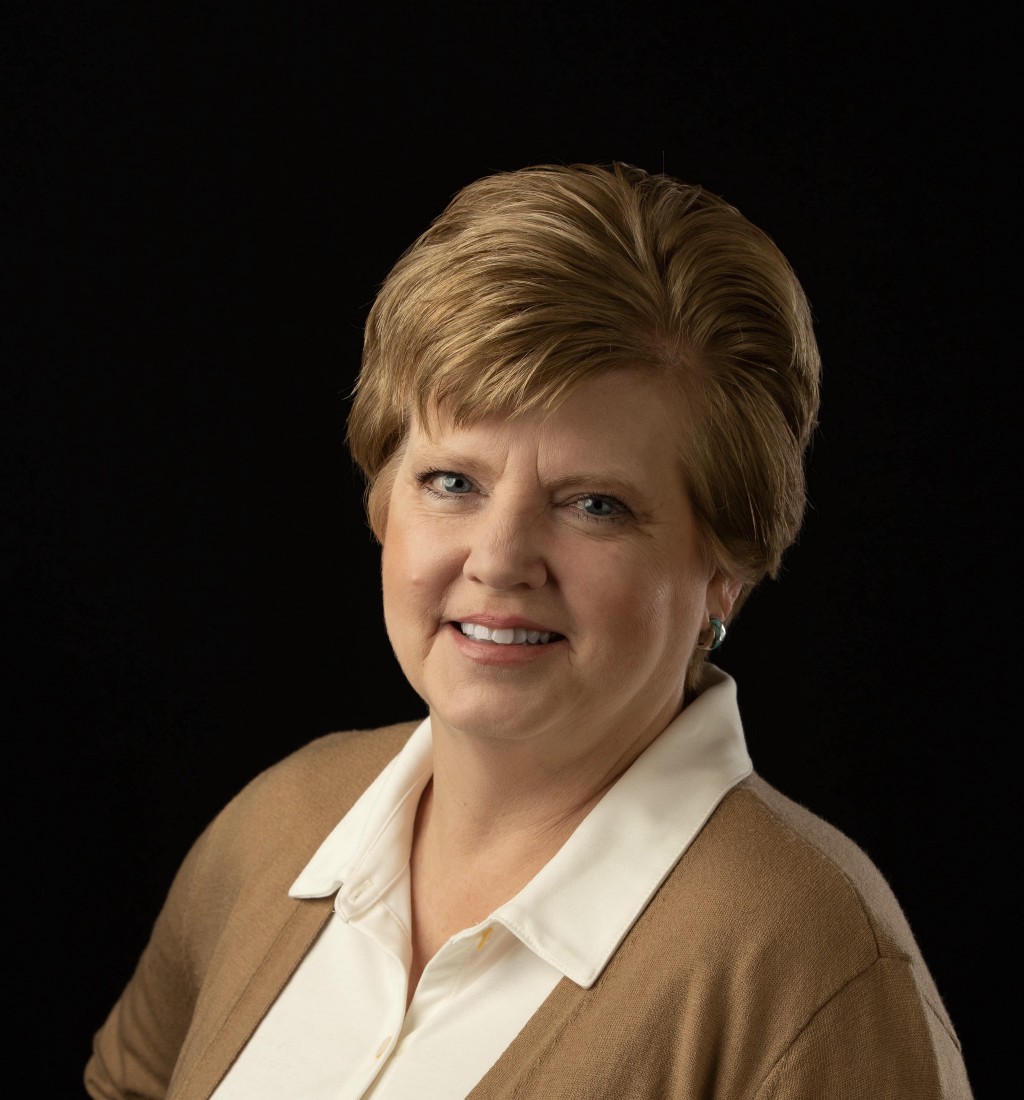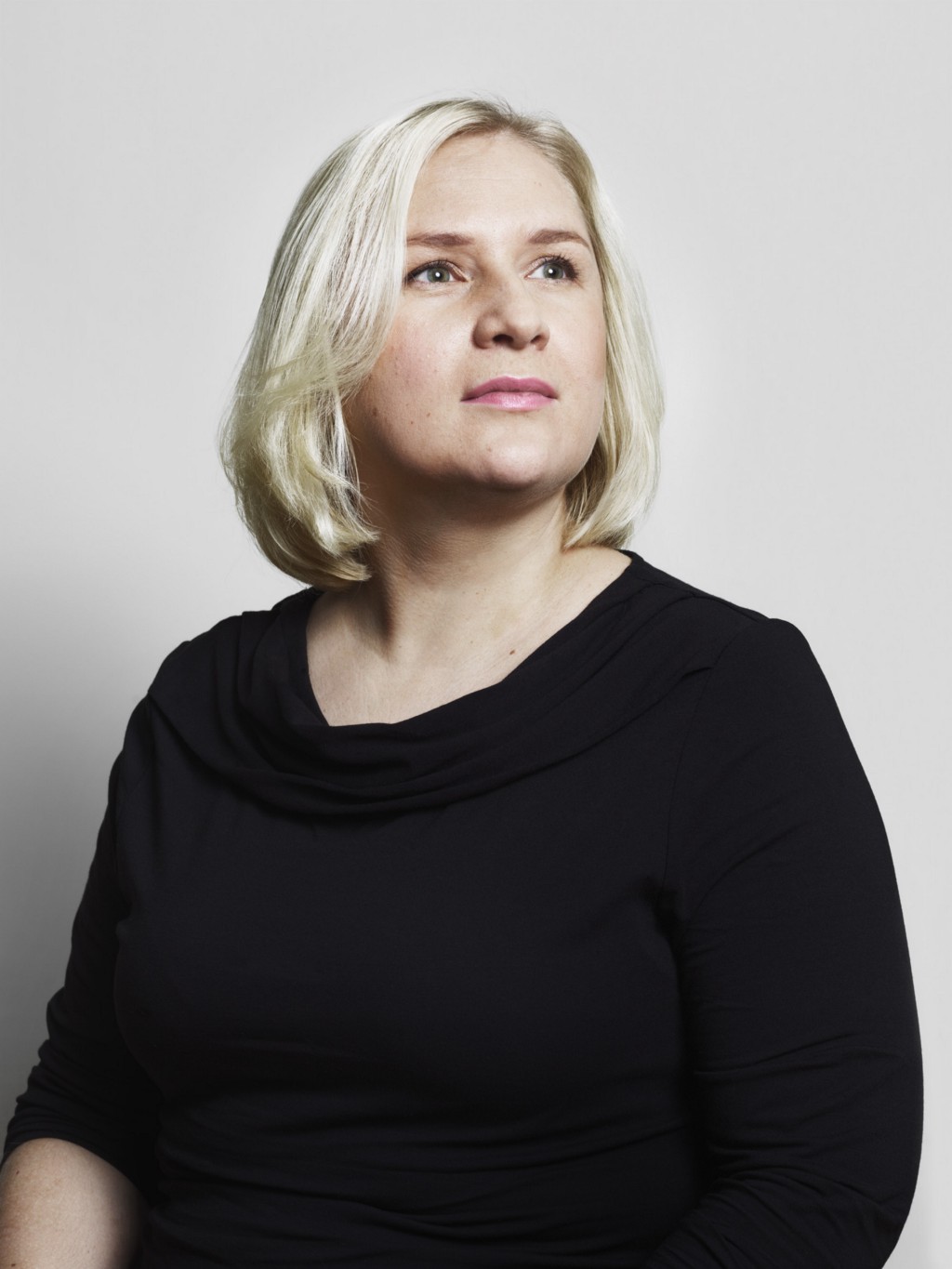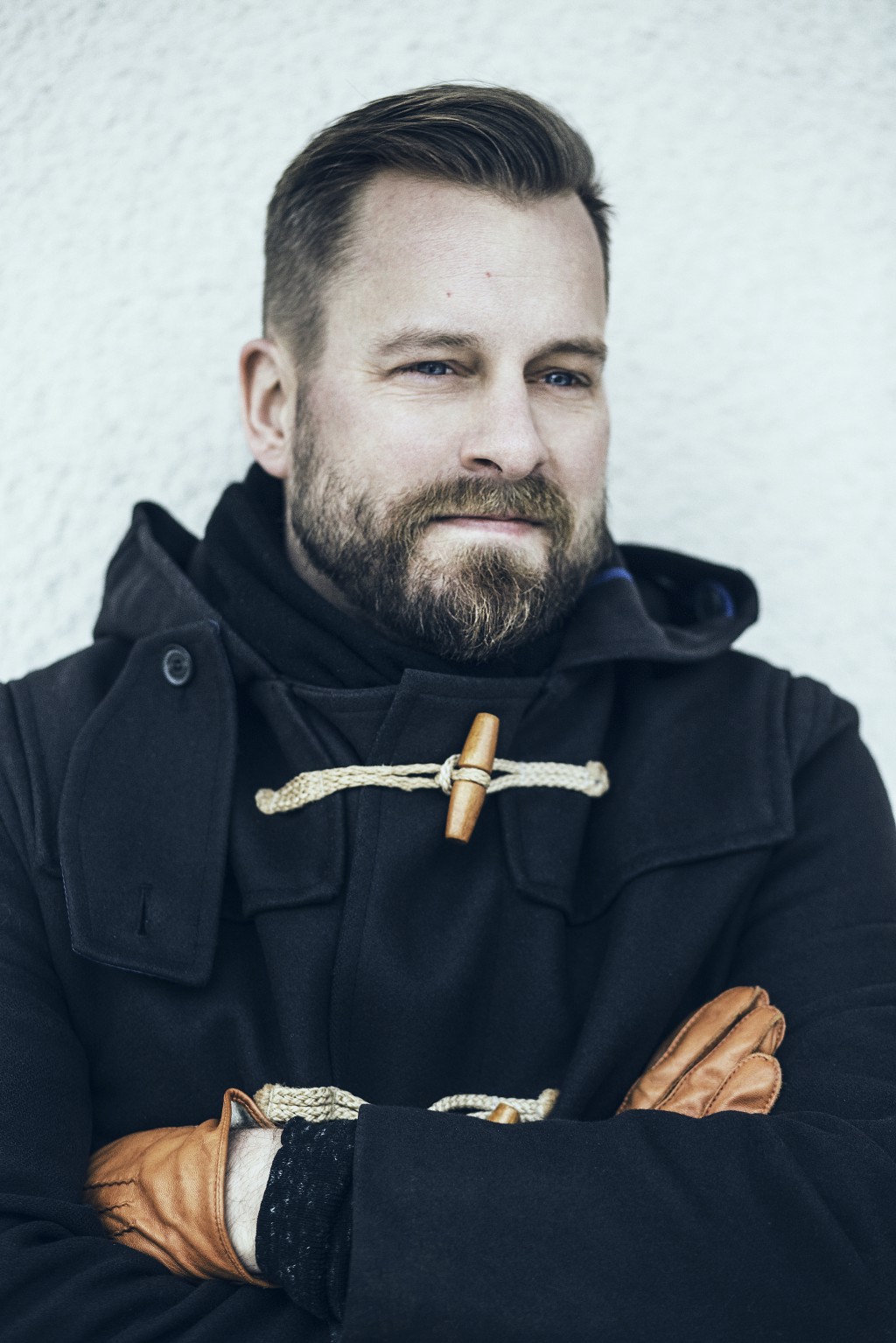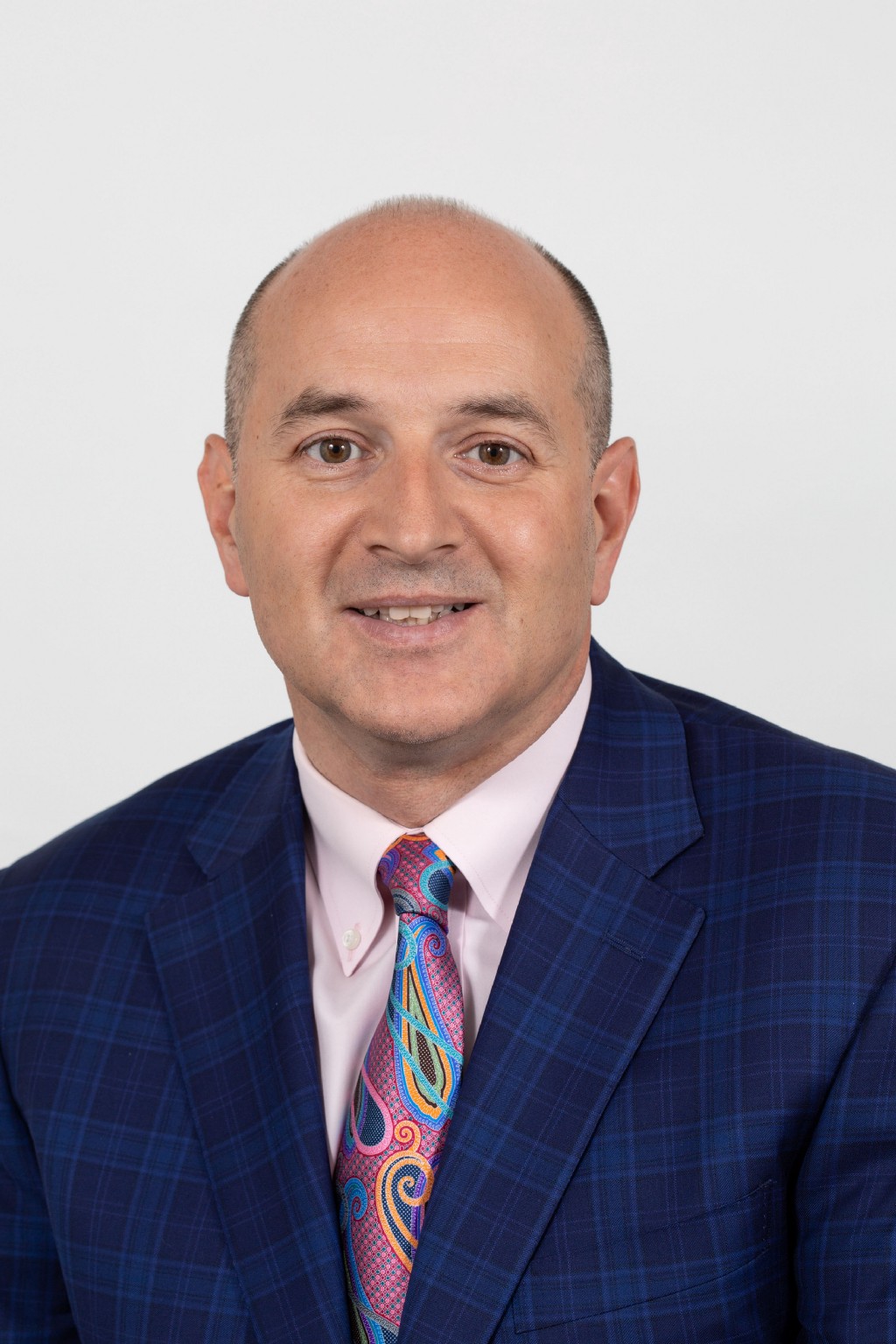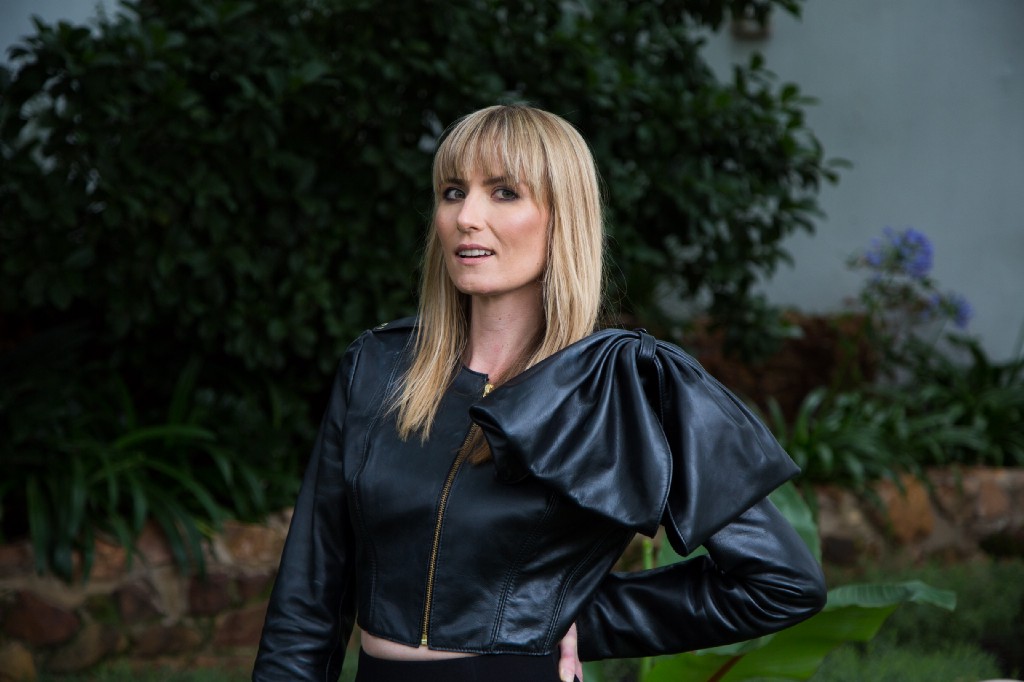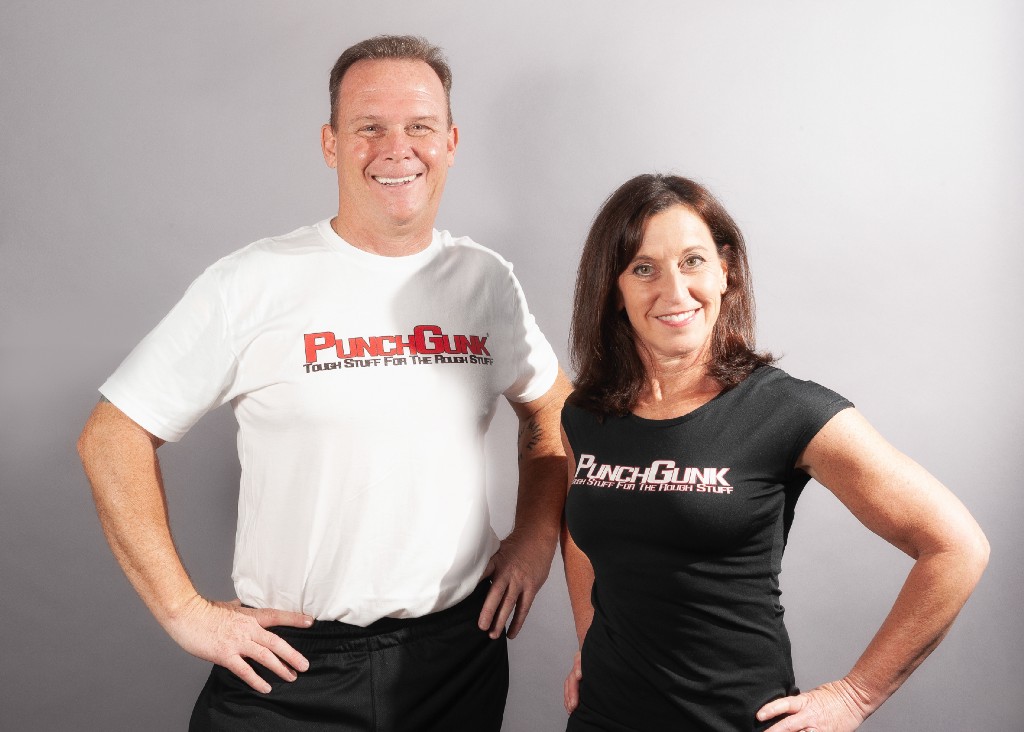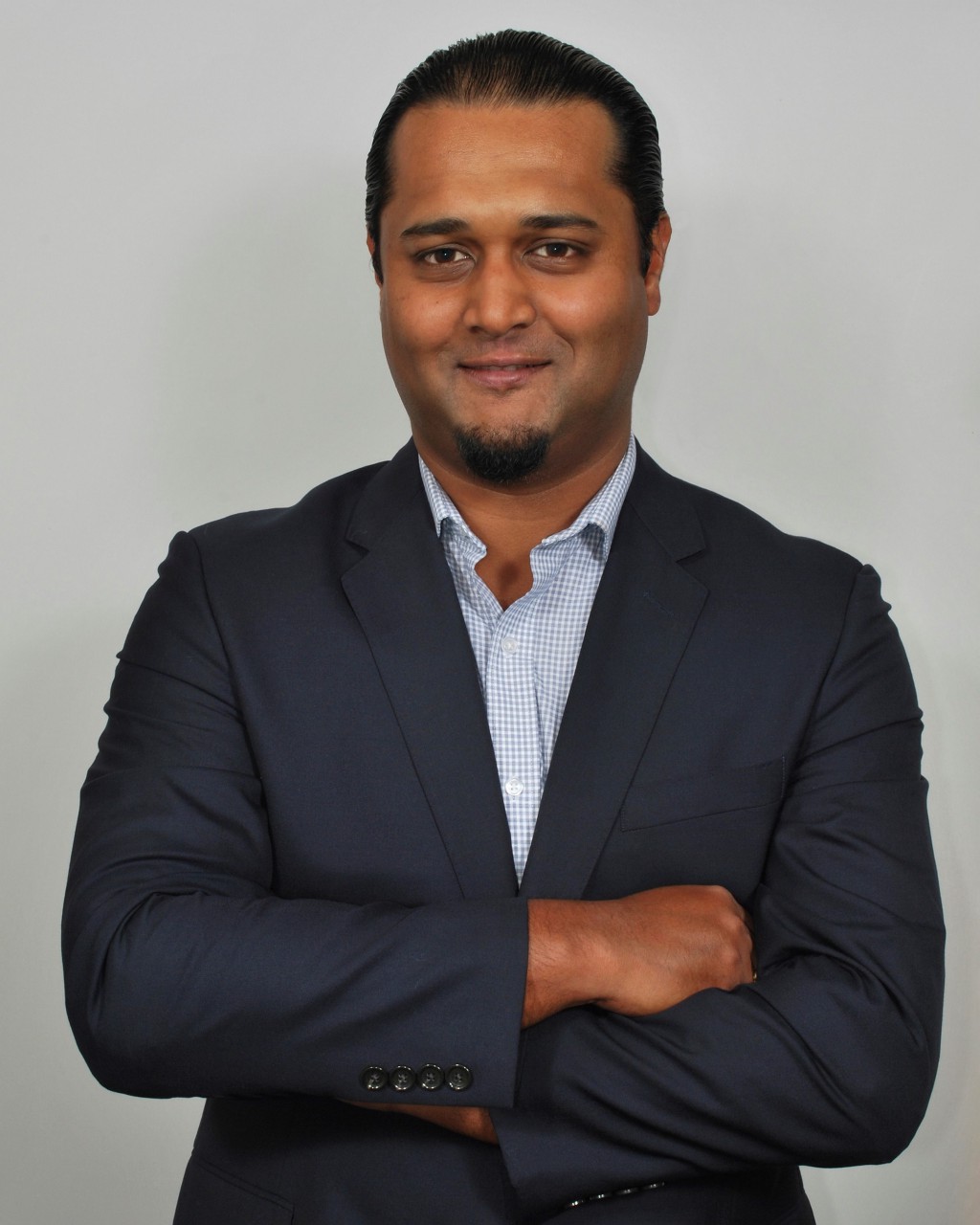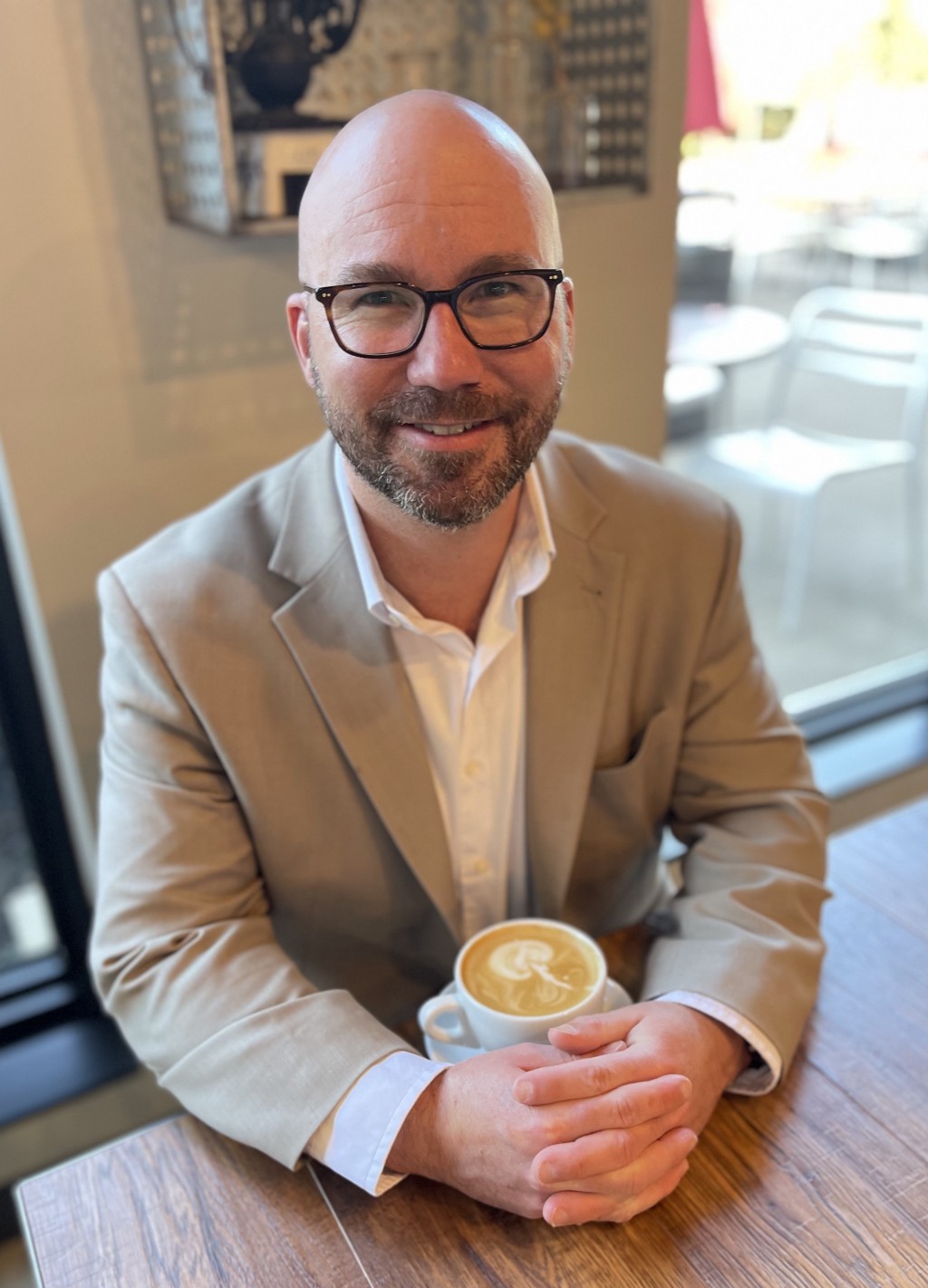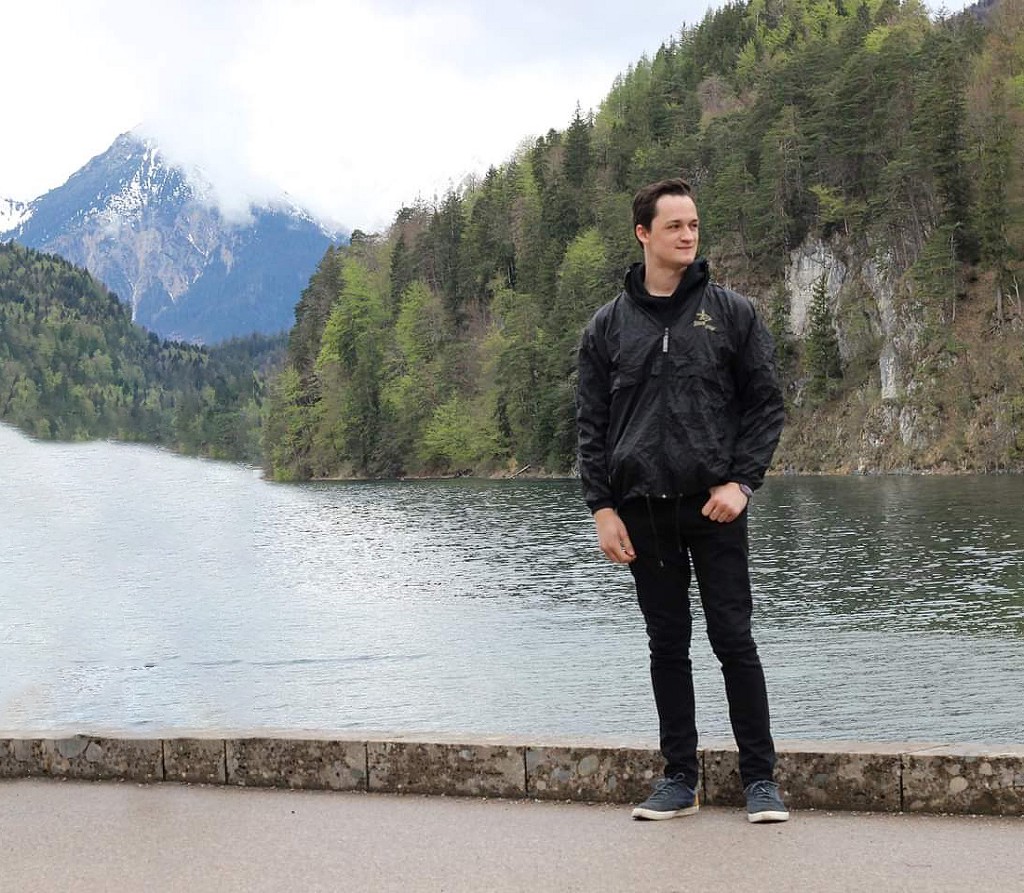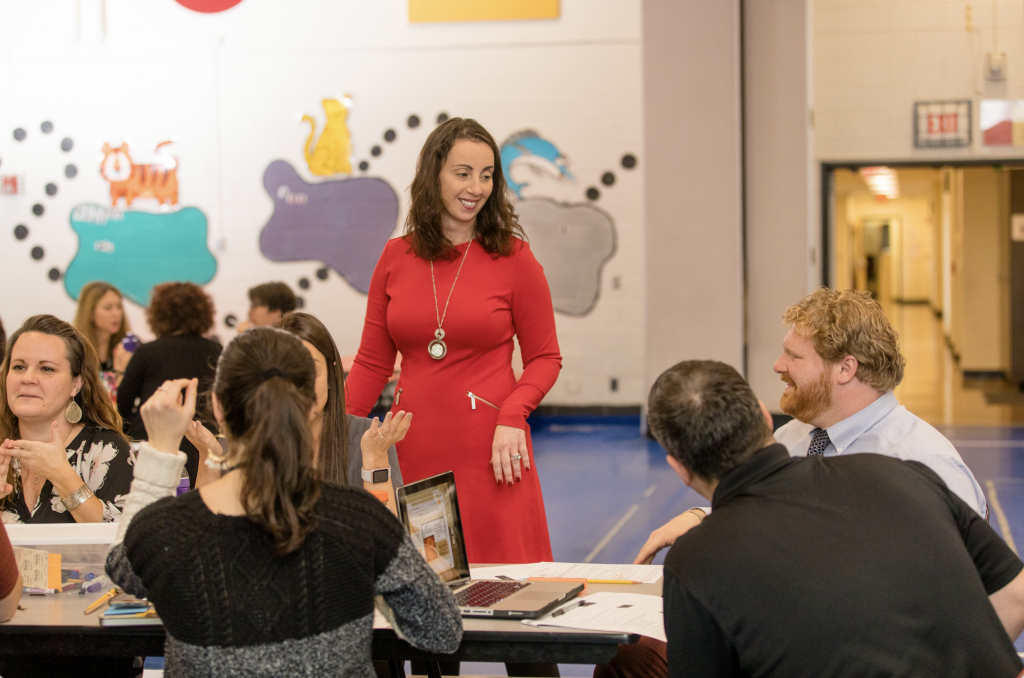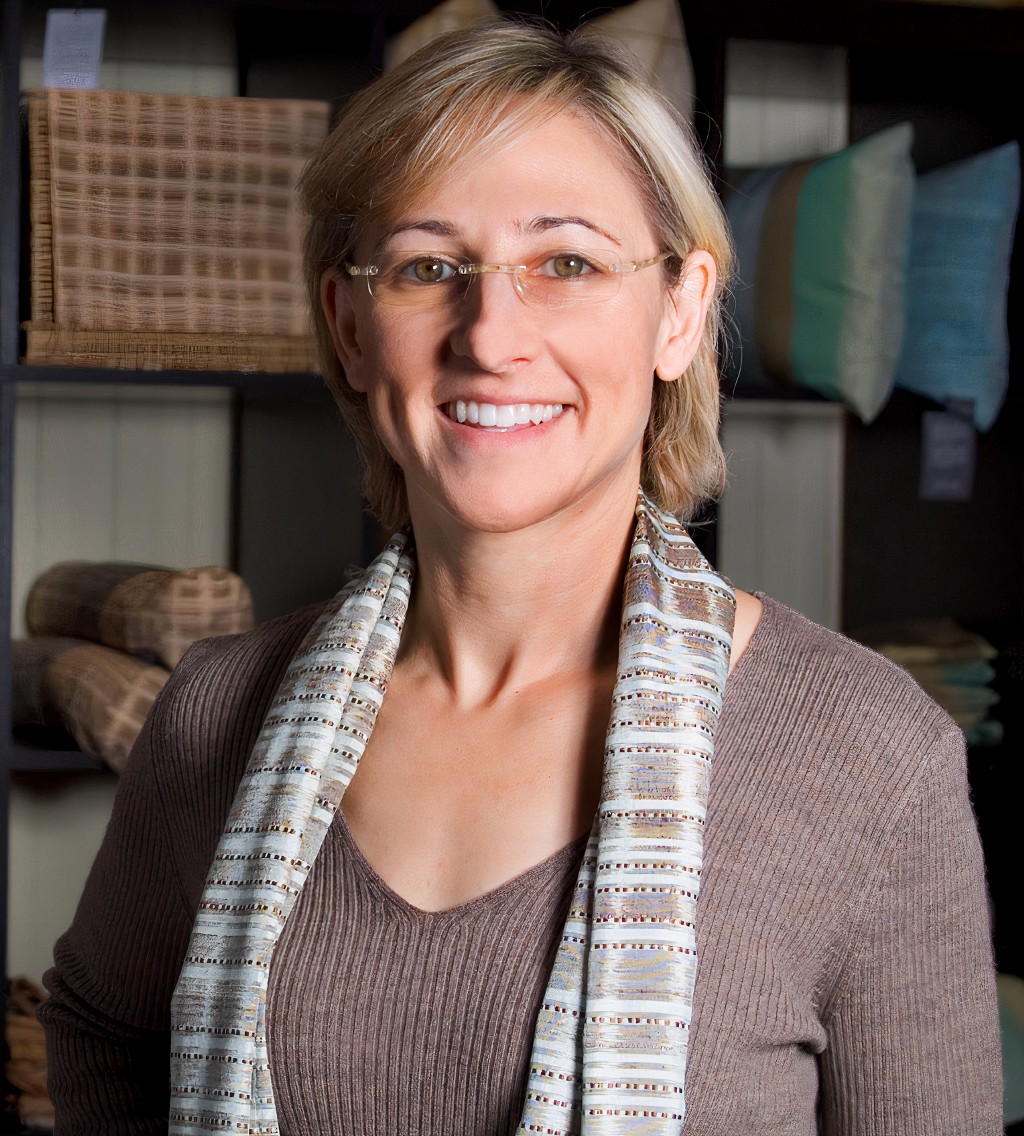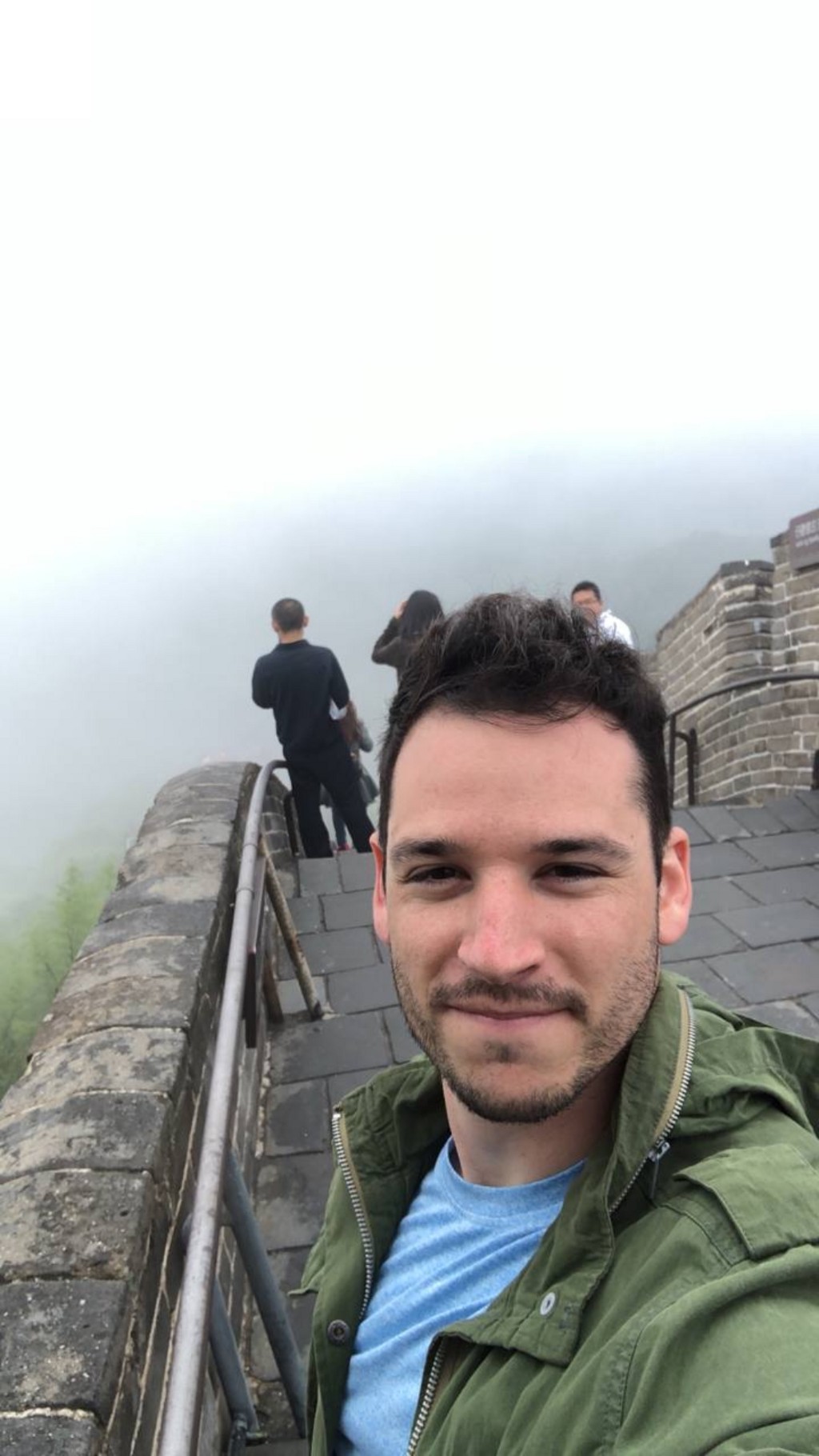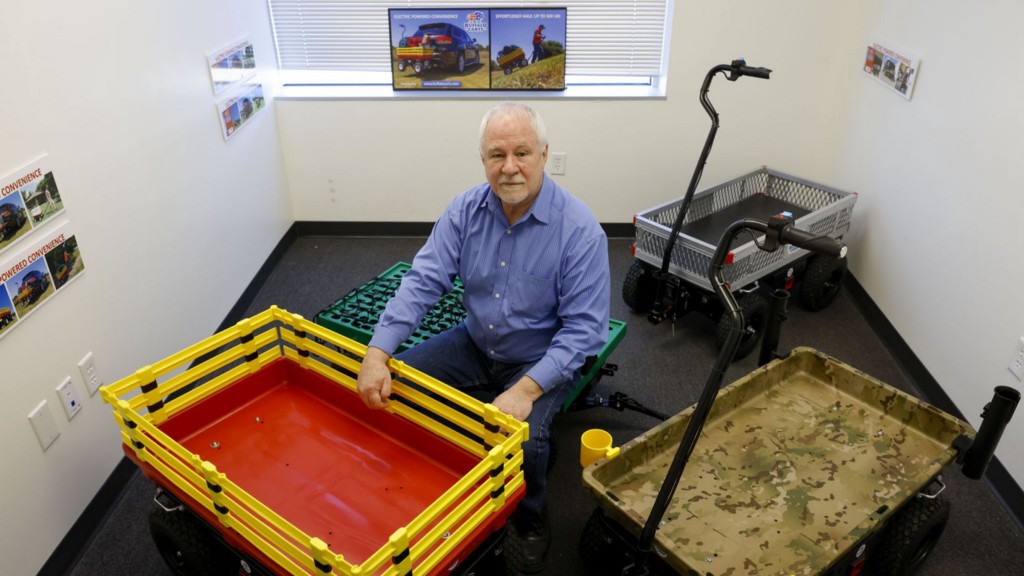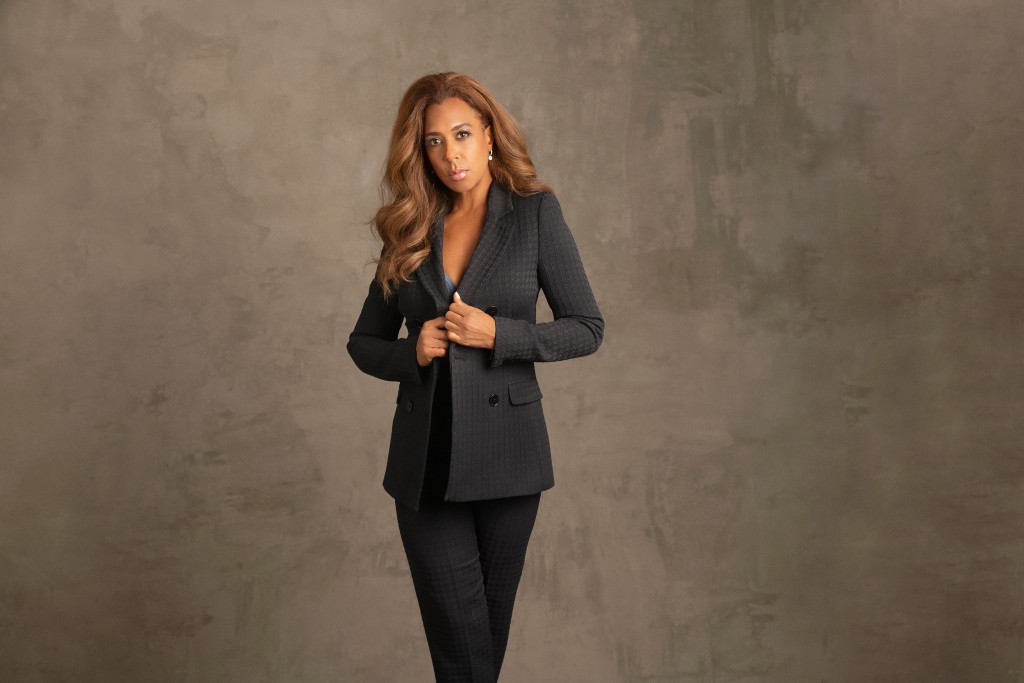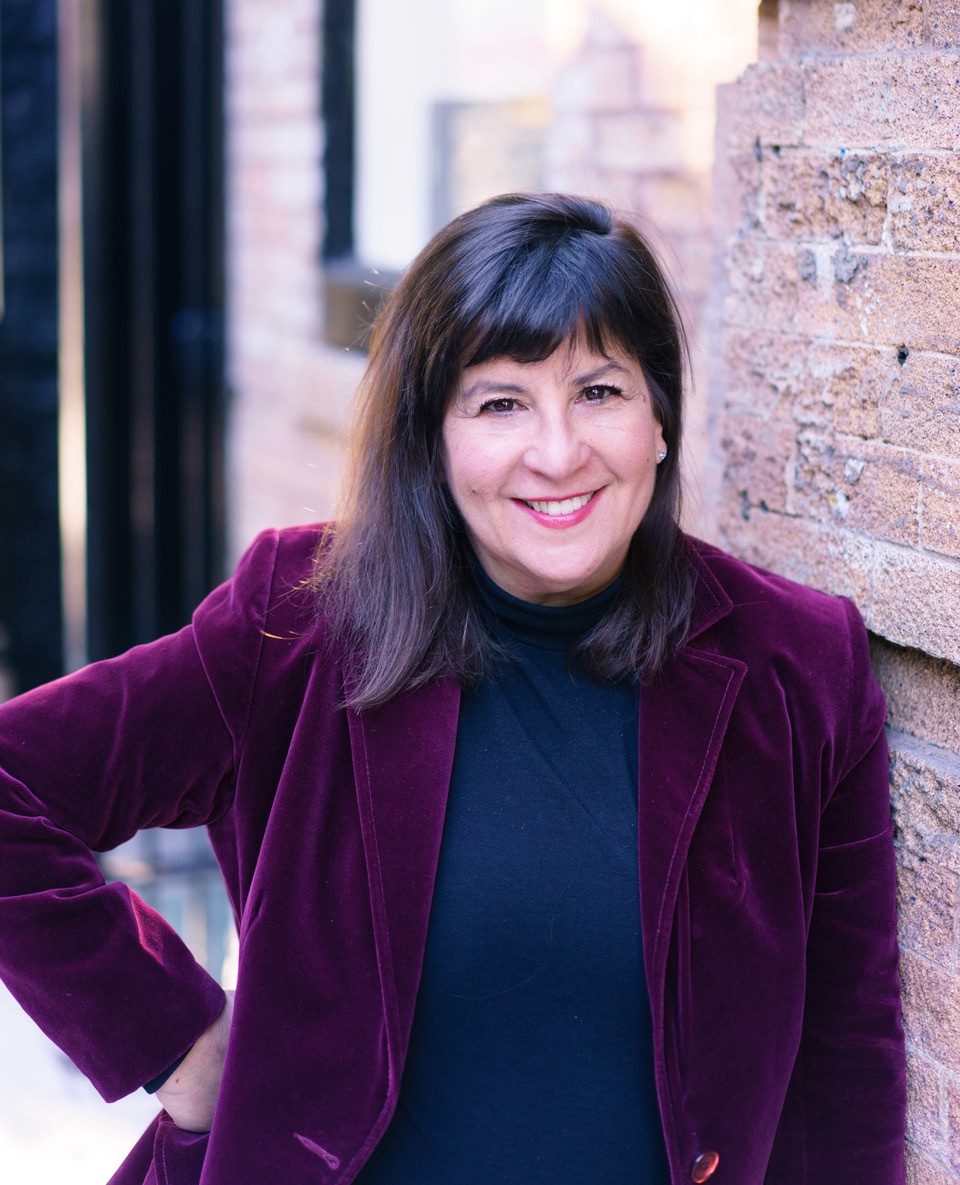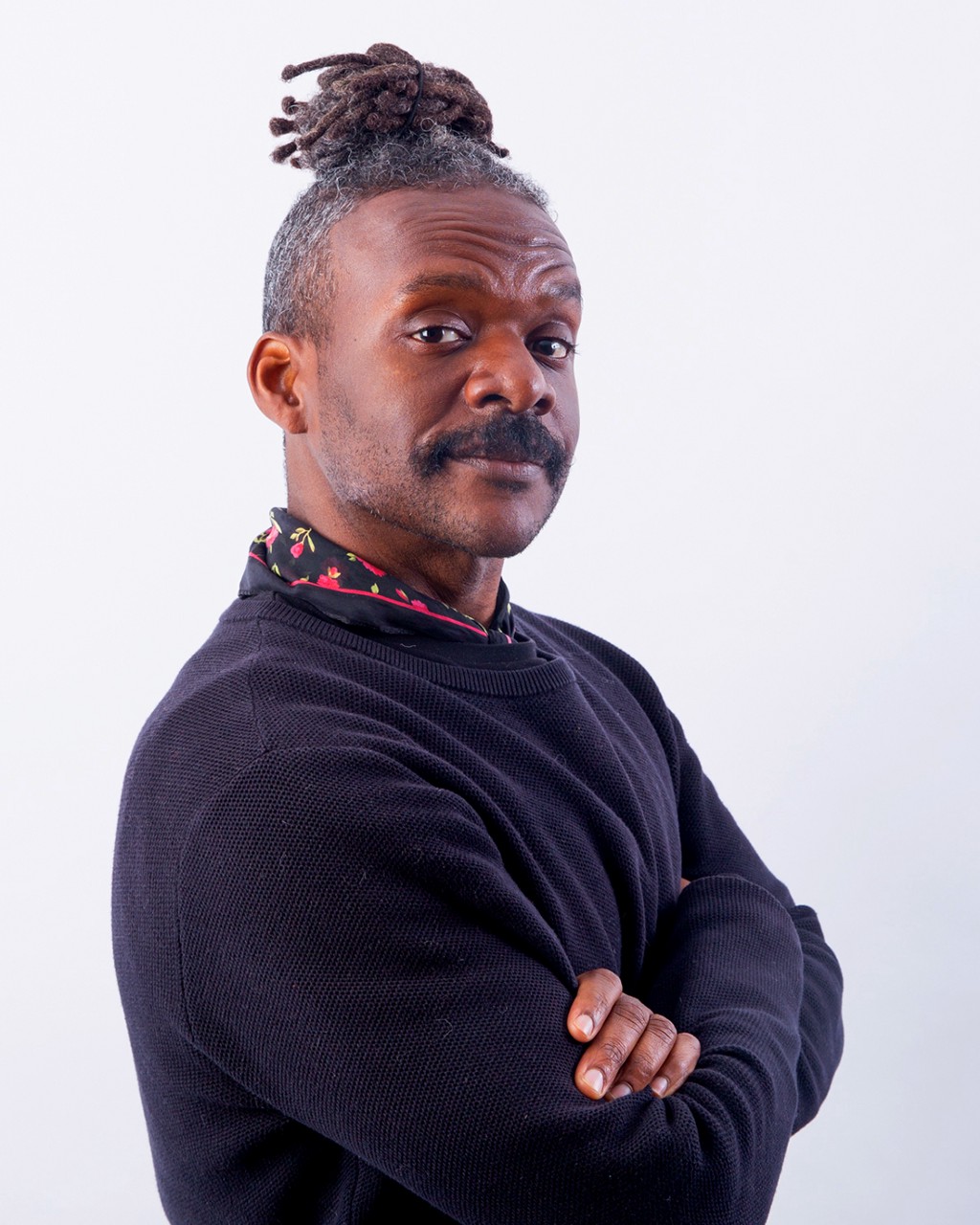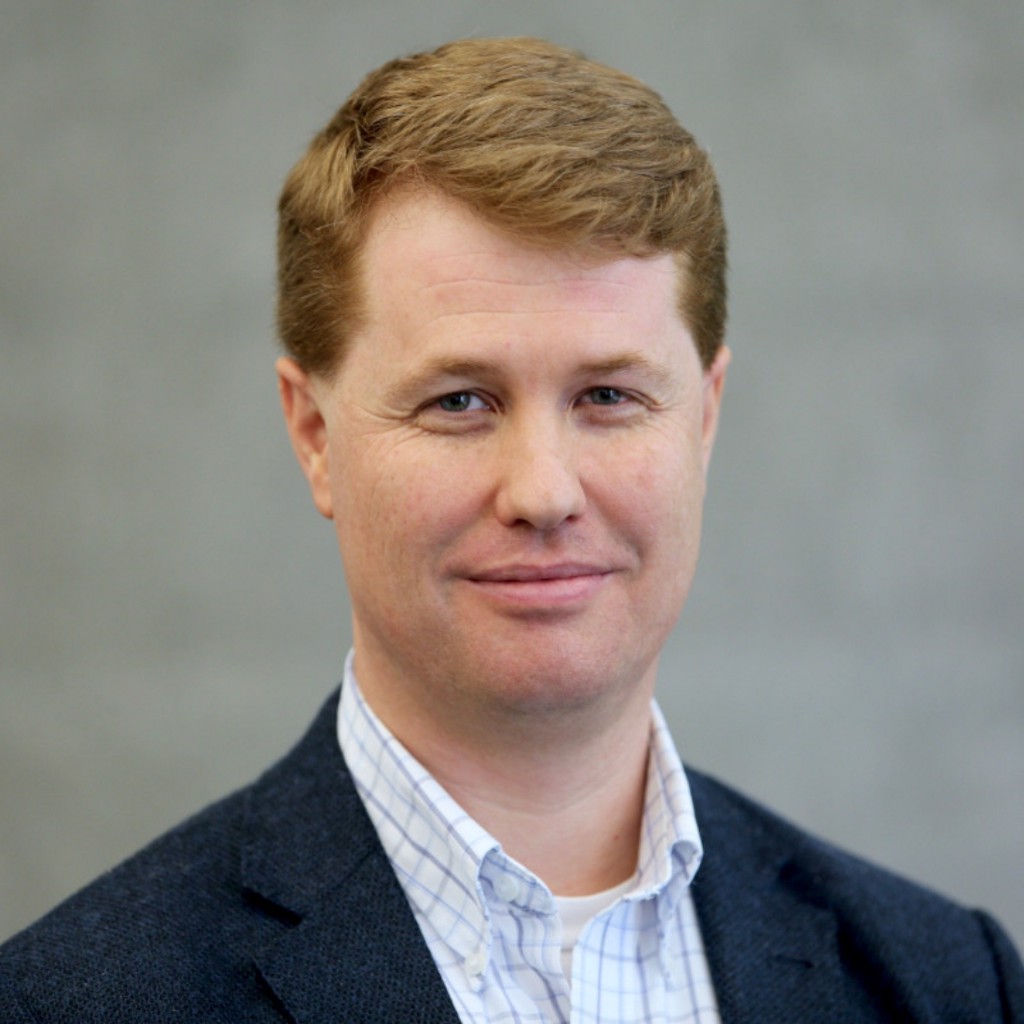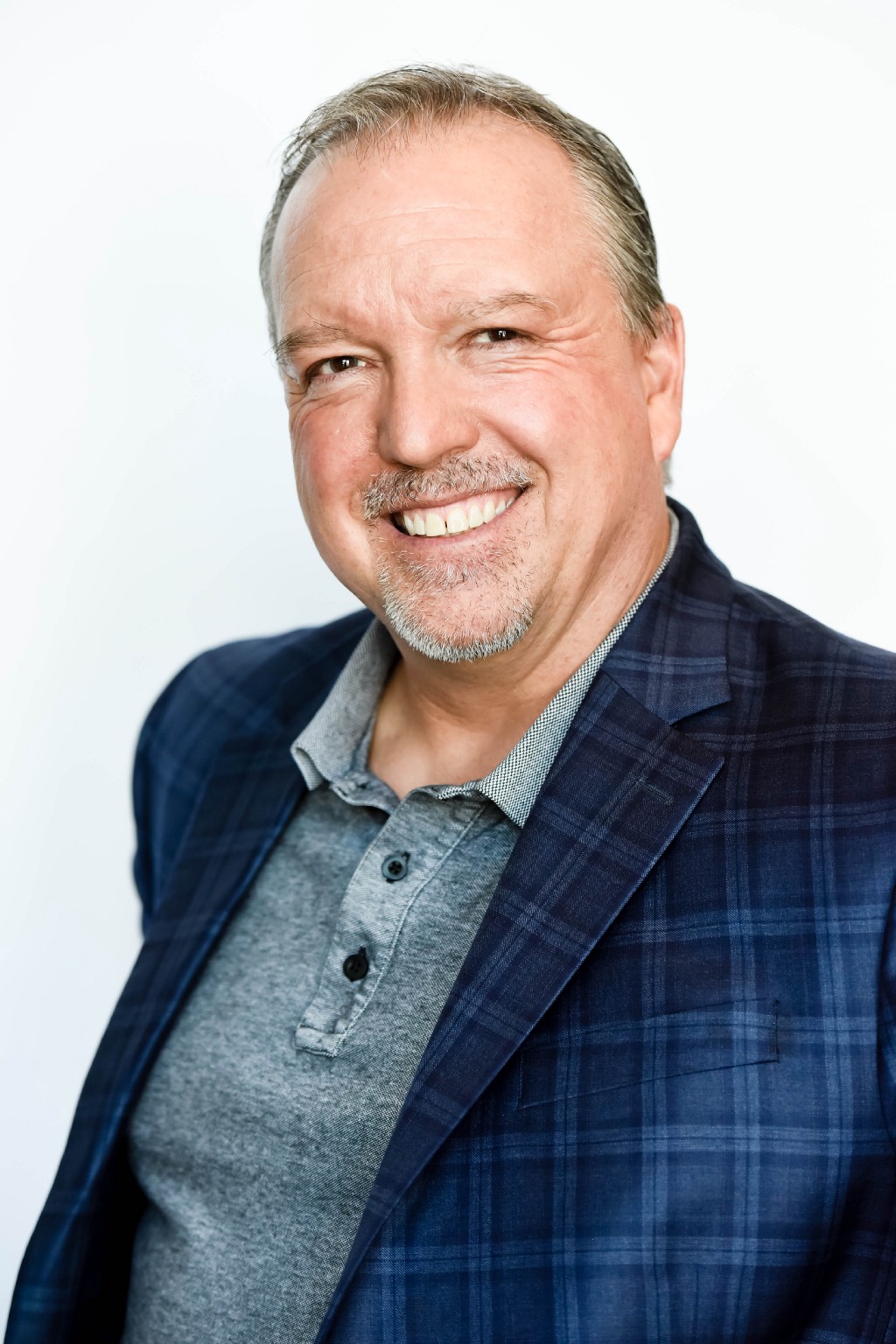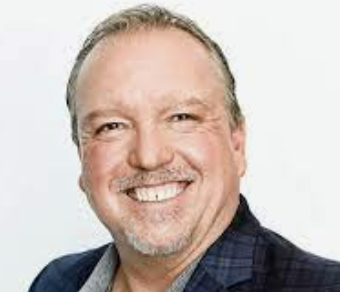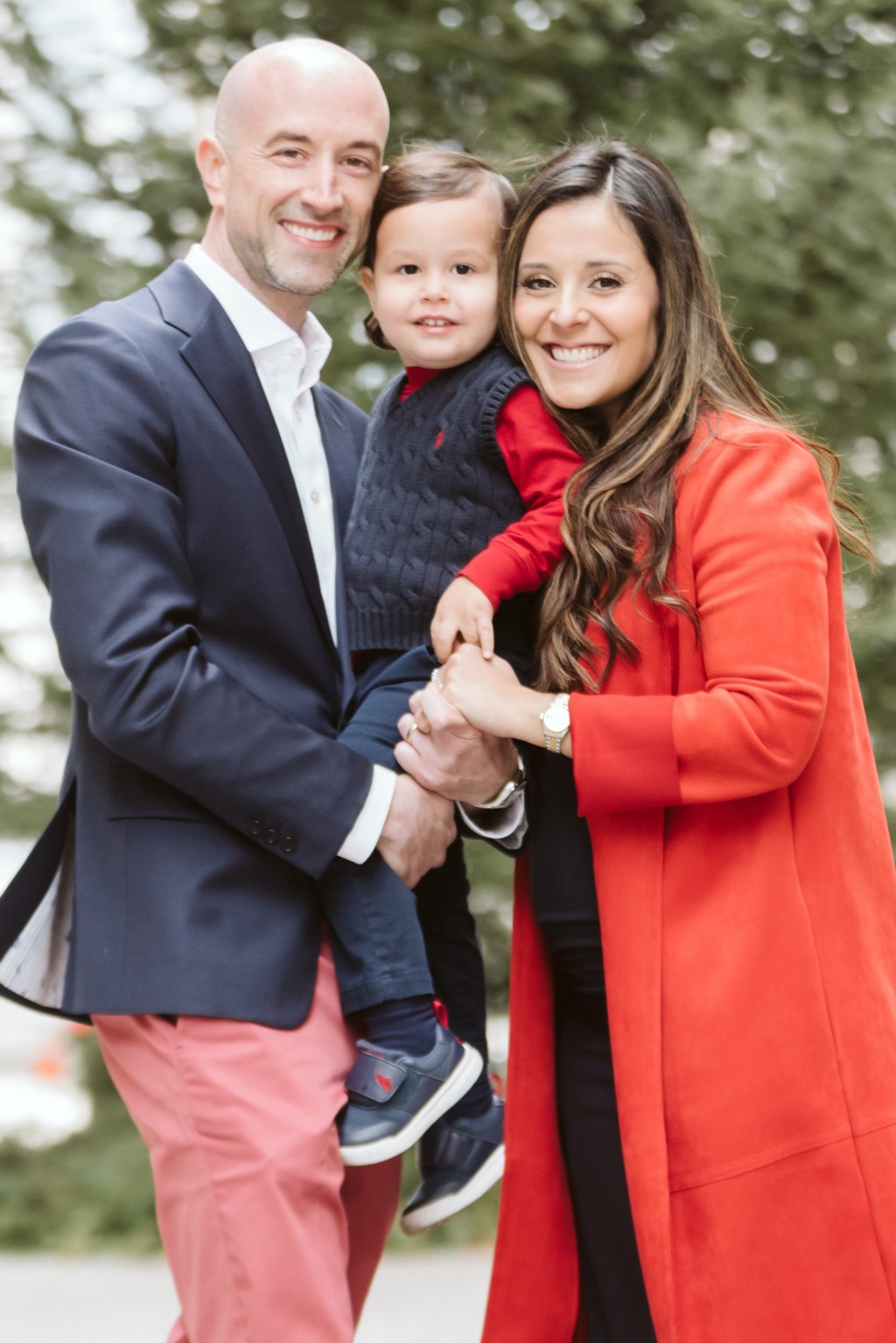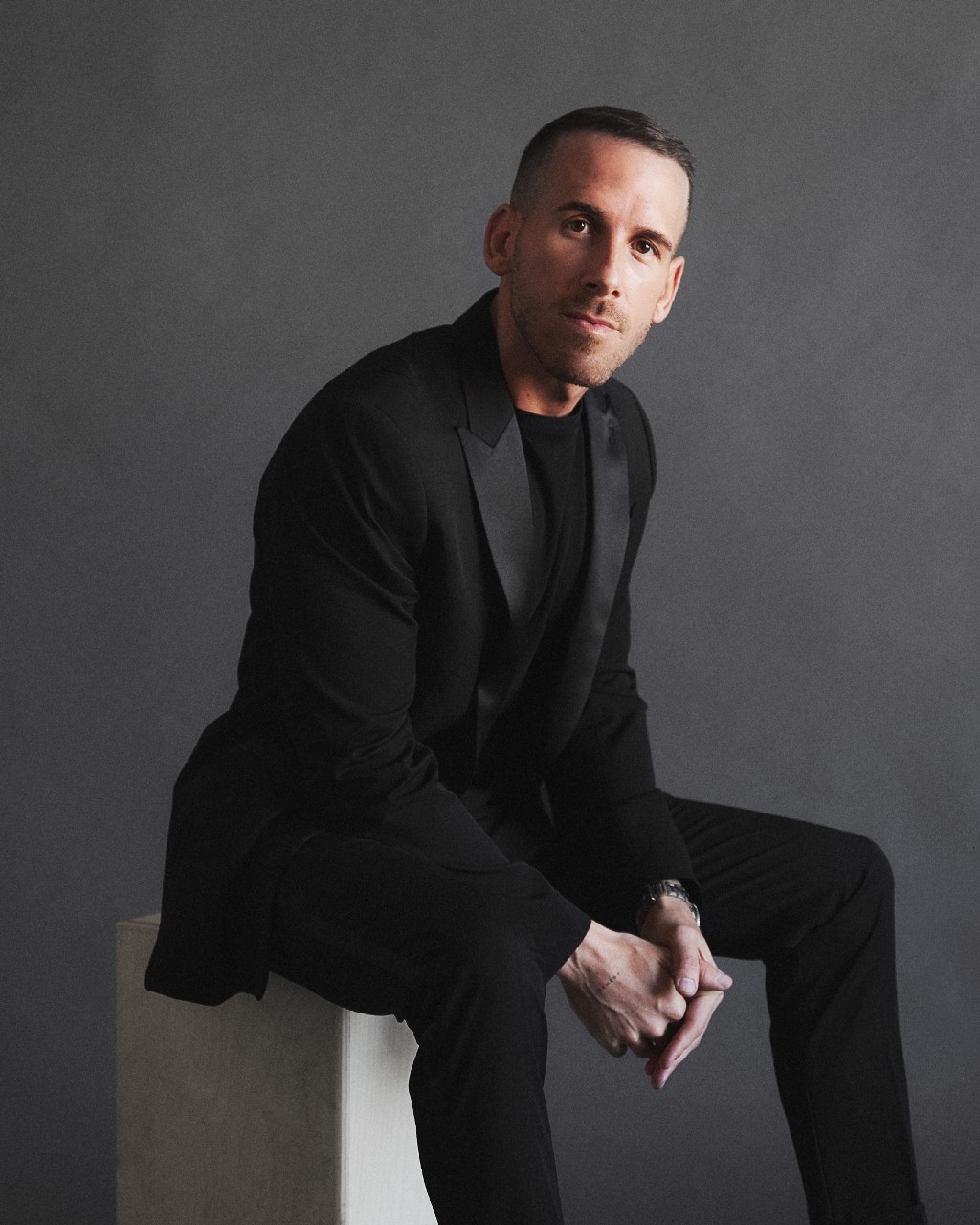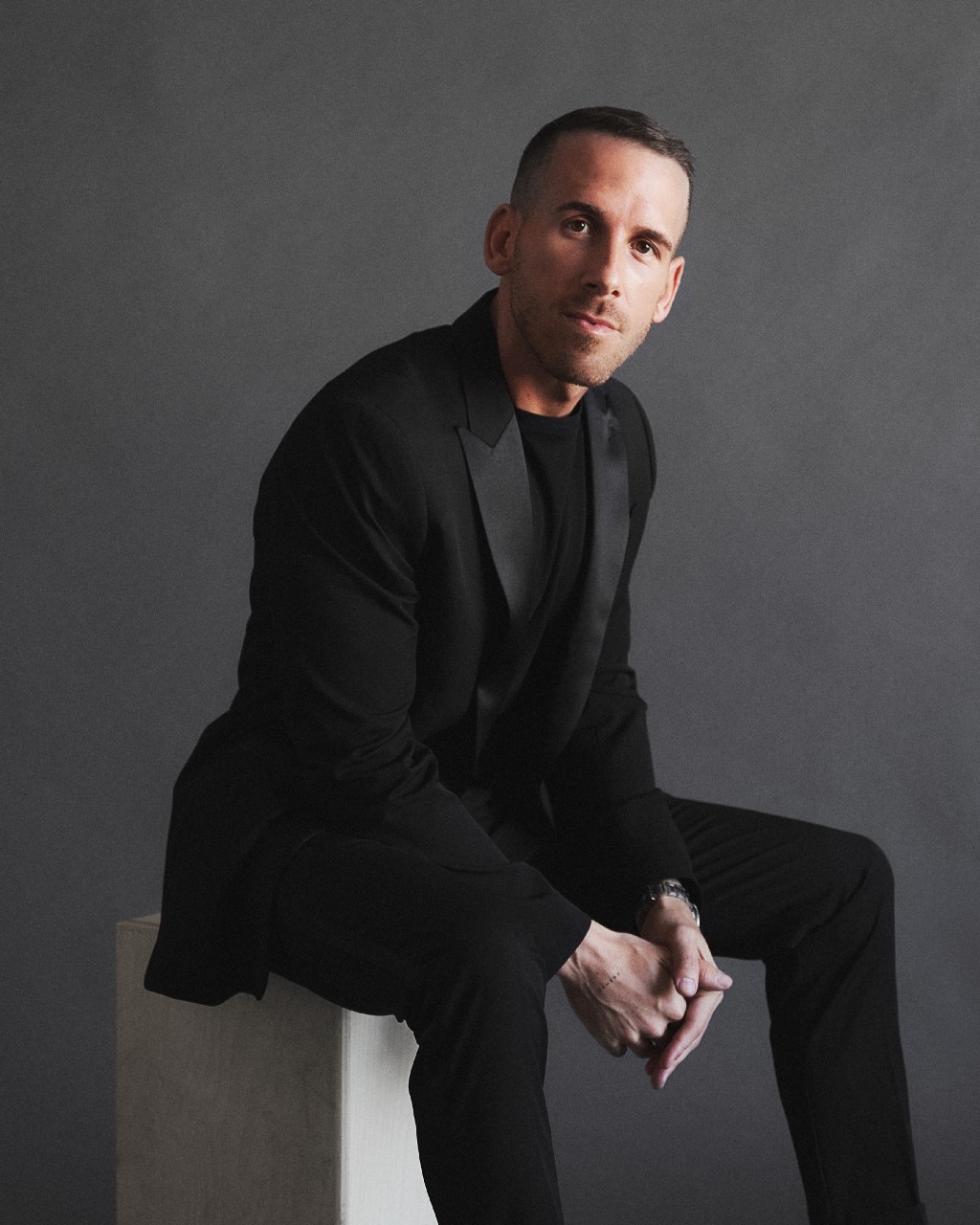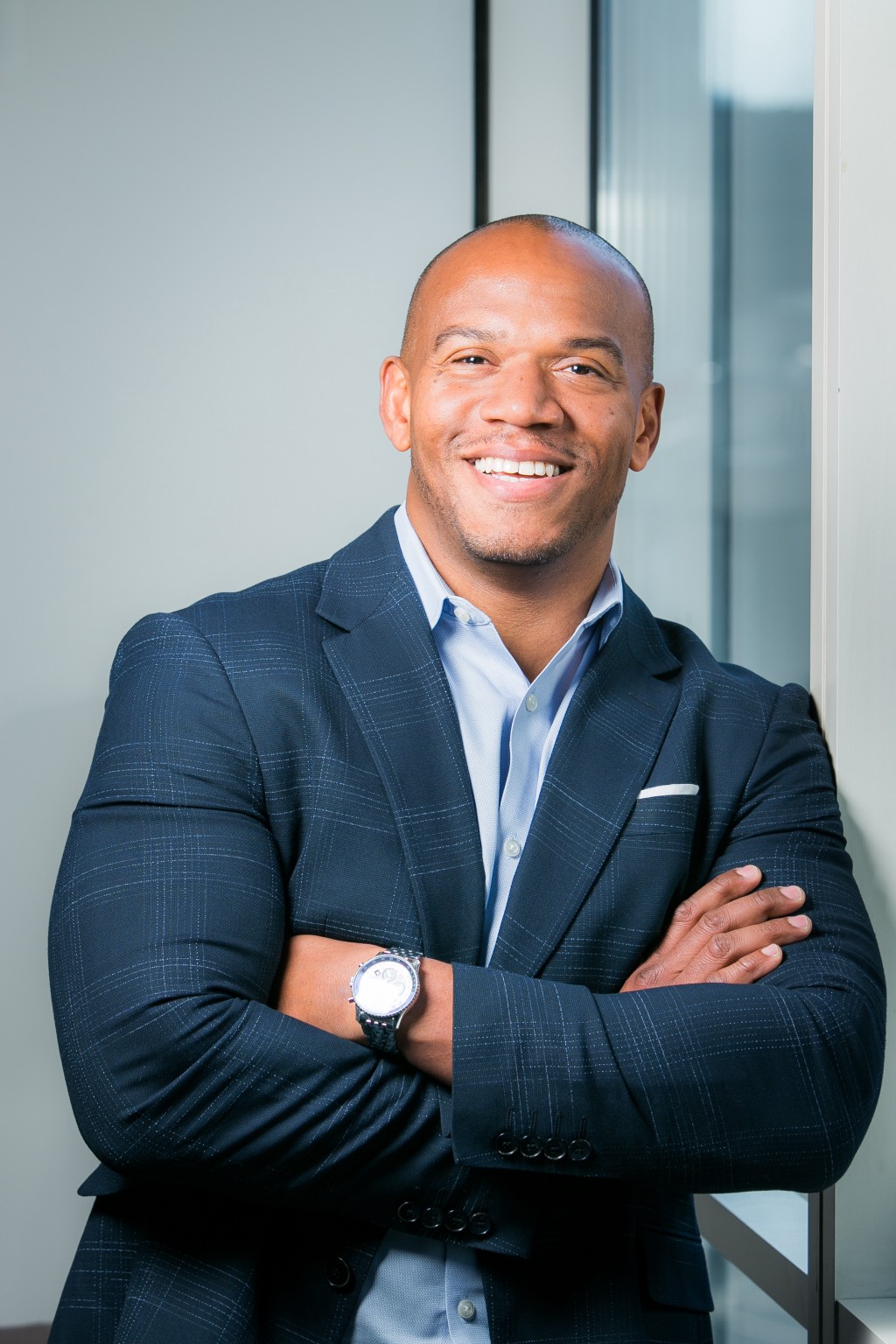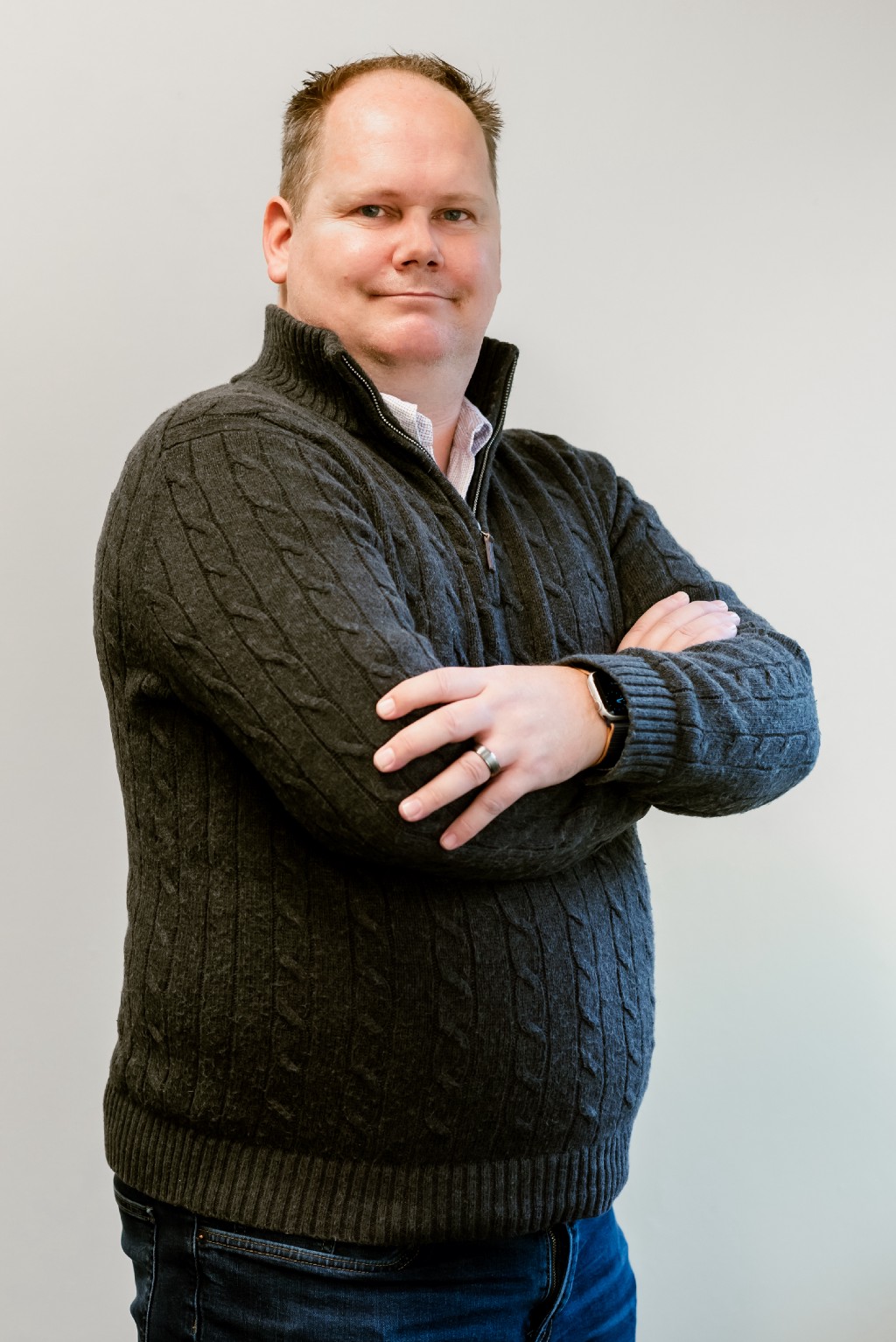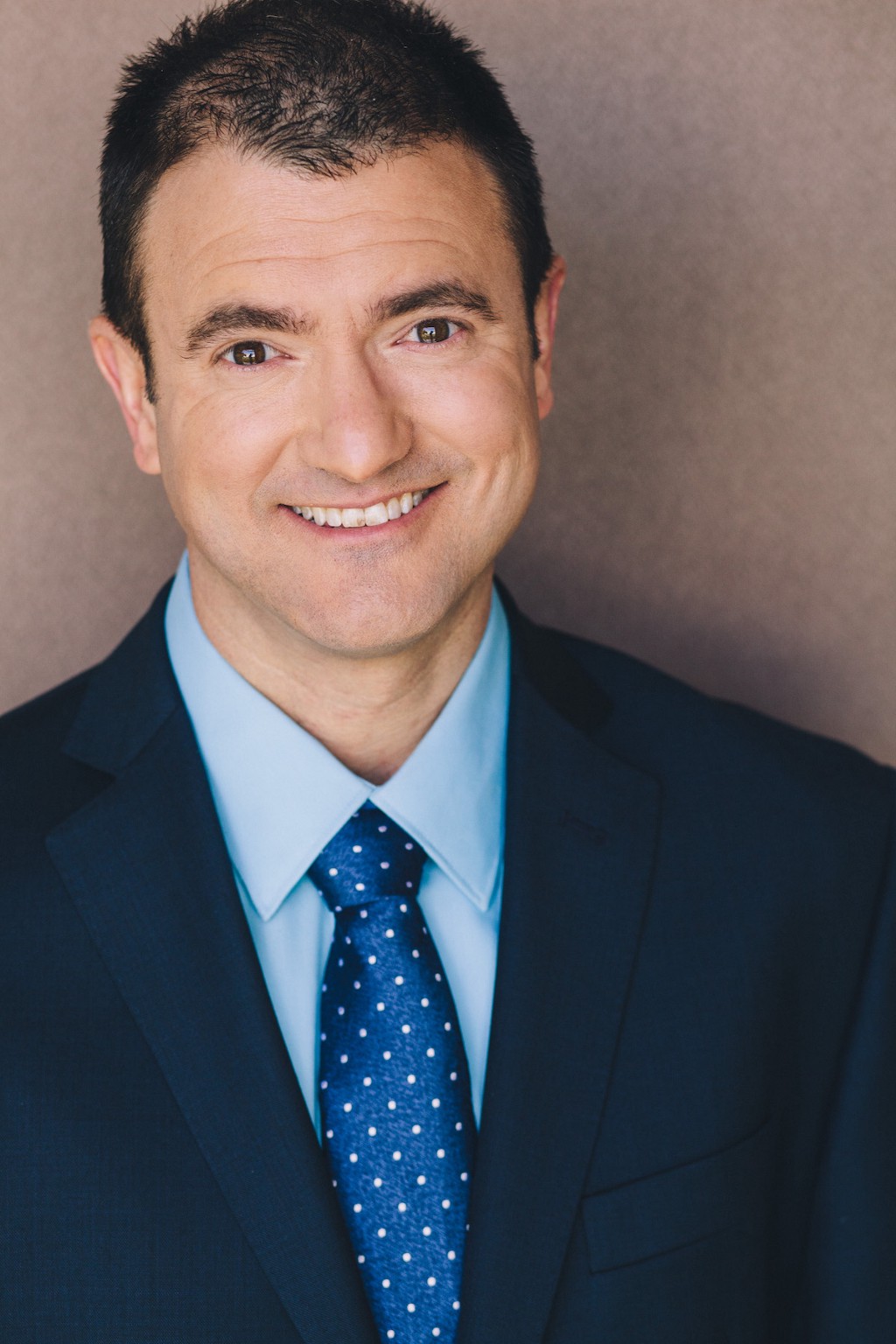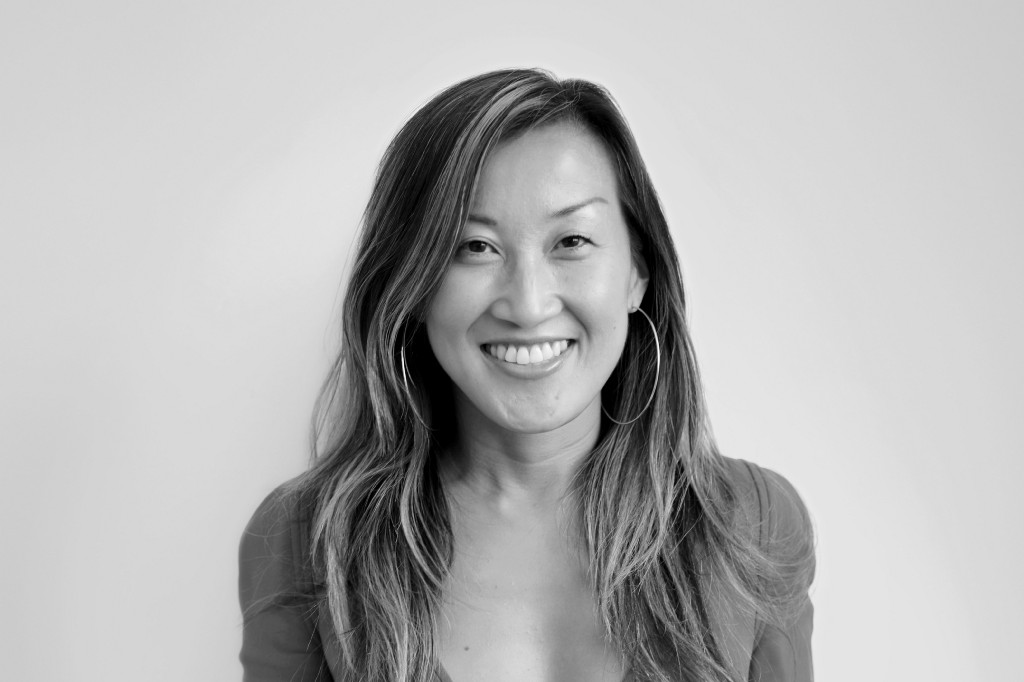Makers of The Metaverse: Mike Montgomery Of remx On The Future Of The VR, AR & Mixed Reality Industries
An Interview With Fotis Georgiadis
A mindset of embracing disruptive innovation that helps remove technical and traditional barriers for others. A rising tide lifts all boats, so when we build tech to help others adopt and understand the possibilities of VR, AR, and MR, it helps everyone in the long run.
The Virtual Reality, Augmented Reality & Mixed Reality Industries are so exciting. What is coming around the corner? How will these improve our lives? What are the concerns we should keep an eye out for? Aside from entertainment, how can VR or AR help work or other parts of life? To address this, we had the pleasure of interviewing Mike Montgomery.
Mike Montgomery is the Head of Product & Design at remx, a no-code tool from Creative Layer, a Web3 company that builds tools for creators to tap into new revenue streams in the Metaverse. remx will allow brands, artists, and consumers create limited edition NFT collaborations through AI technology, for the future of the metaverse.
Thank you so much for doing this with us! Before we dig in, our readers would like to get to know you a bit. Can you tell us a bit about your backstory and how you grew up?
Absolutely. I grew up in a small town in Canada. A typical Canadian kid upbringing, playing hockey on the lake, camping in the woods, and immersing myself in nature. The love of the outdoors was the value that my parents instilled in me in my youth, and I believe it helped me appreciate the power of creativity. I’ve also always been interested in art design and photography, which both rely heavily on the power of imagination, and this was a common thread as I grew up and entered my current industry.
Is there a particular book, film, or podcast that made a significant impact on you? Can you share a story or explain why it resonated with you so much?
When it comes to books, I would say The Laws of Simplicity by John Maeda. This book helped shape my views and philosophy on design in general, and the laws outlined in the book have remained at the core of my design process and approach to creativity.
My favorite movie is Pulp Fiction. I’ve always loved movies, specifically the visual storytelling aspect. When I saw this film for the first time, it changed my view on creating a narrative. This film made me realize that there are so many ways that you can approach the art of storytelling and there are no limits. You don’t have to follow a rigid formula; you can create your own formula with your own rules by not being afraid — and tapping into your imagination.
Is there a particular story that inspired you to pursue a career in the X Reality industry? We’d love to hear it.
I’ll never forget the first time I put on a pair of VR goggles, which were the first developer version of the Oculus. A colleague at the time got his hands on a developer version, and I played around with an early version of Tilt Brush. At that moment, I knew this would change everything and reconfigure what is perceived as possible. I saw this as a new medium of art, design, and storytelling that would open up endless possibilities for creators.
Can you share the most interesting story that happened to you since you began this fascinating career?
I have a passion for exploring how we can merge the physical and virtual worlds. The origin of all this goes back to my interest in emerging technology and product design, and I was lucky enough to have an opportunity to be part of an innovative startup in the AR space. The project led me down the path to creating a prototype where we were able to bring a static children’s storybook to life through AR, and allow kids to experience the story in a new way. This prototype allowed children to interact with the book content and tied in a STEAM learning component, and we were actually able to do a licensing deal with Disney. It was an incredibly inspiring project that showcased the power of imagination and its impact on shaping the future.
Can you share a story about the funniest mistake you made when you were first starting? Can you tell us what lesson you learned from that?
As I mentioned, I’ve always been very excited about new technology and tend to be an early adopter. I made the mistake of investing in mobile VR early on, specifically in developing a VR game.. The concept of the project was great, and the game was engaging, but it was just too early in the VR space. Ultimately, mobile VR didn’t catch on and the tech never quite got to where I thought it would be. I bet on the wrong space, but I learned a lot. I think of it as an early investment in myself.
None of us are able to achieve success without some help along the way. Is there a particular person who you are grateful towards who helped get you to where you are? Can you share a story about that?
Early in my career, I had an extremely creative mentor. He taught me never to compromise on quality, and that the last one percent that most people won’t focus on makes all the difference between a good product and a great product — the importance of polished execution. I’m grateful for the time I spent working with him, and as a designer, his philosophy has stuck with me throughout my career.
Are you working on any exciting new projects now? How do you think that will help people?
Yes, I’m currently building a new no code tool called remx. It will remove technical barriers for artists in the metaverse, inject culture into the emerging digital space, and eventually allow brands, artists, and consumers to co-create bespoke products such as wearables in AR/VR and mixed realities. Our team is a group of seasoned developers, designers, and community builders backed by an established and well-known group of technology investors. We recently announced that our first artist collaboration will be with digital artist Eepmon, and we have a lineup of artists who will be unveiled in the weeks and months ahead. So keep your eye out!
Ok super. Thank you for all that. Let’s now shift to the main focus of our interview. The VR, AR and MR industries seem so exciting right now. What are the 3 things in particular that most excite you about the industry? Can you explain or give an example?
I mean, there’s a lot I’m excited about right now, specifically Apple AR glasses and Apple mixed reality headset. I used a Mac for the first time in high school and instantly fell in love with the way Apple products are so intentional in every aspect of a product’s design. It’ll be exciting to see how they change the game.
Of course, I’m also excited about the metaverse as a whole and its potential for immersive experiences. There’s so much going on in the disruptive innovation space, and we have the opportunity to rewrite the rules and create a new formula.
What are the 3 things that concern you about the VR, AR and MR industries? Can you explain? What can be done to address those concerns?
There is a lot of negativity around NFTs at the moment, which is understandable. With any new technology, there is a natural inclination to be apprehensive, and our best tools to address this are education and lowering the barriers to understanding and accessibility.
The challenge right now is for people to look past what the first iteration of NFTs were, which was a static JPEG. I’m bullish on NFTs and the value they will provide in the new digital economy. NFTs are a medium that provides a breakthrough in contemporary visual art and culture. Unlike blockchain applications that require dense technological understanding, NFT art carries a visual aspect meant for pure enjoyment, a strong sense of self-fulfillment while giving owners the bragging rights for owning a desirable-of-the-moment collectible.
There’s also a negative perception of VR and the vision of the future it offers. Much of the criticism centers around the idea of humans sitting in the living room with headsets, detached from reality, and losing their connection with the natural world incrementally. Anyone who has ever experienced VR understands that the time you spend in VR is magical, but the true value is how it enhances our human connections — not as a means to replace life’s experiences. The other day, I went to a VR meeting with an old friend of mine, and it was exciting how much closer it felt to a real human conversation in comparison to just a video call. That’s not to say that it replaces the fulfillment I get from actually being able to see friends in person, but as our social and professional circles now span the globe — it’s a great way to maintain that human connection when we can’t be together.
The key is to look at VR, AR, and MR as a tool to connect people, not as a replacement. Take, for example, the time our kids spend on digital devices. A certain amount of time using devices and apps can help our children open their imaginations and learn in ways I could have only dreamed of when I was young, but it should never replace time outside using your imagination in other ways. It’s all a balance, and ultimately, I believe the positives outweigh the negative.
I think the entertainment aspects of VR, AR and MR are apparent. Can you share with our readers how these industries can help us at work?
There is this sense of alienation and concern that human connection was lost with the rise of remote work due to the pandemic. I love technology, but nothing can replace being in the same room physically with colleagues, where you can build off each other’s energy and feel the nuances in conversation that sometimes get lost in a video call or Slack message. As I mentioned, I recently had my first full VR meeting with a former colleague in LA, testing out a demo of his new VR product for remote teams. It was the first time since the pandemic that I felt a semblance of being in the same space as someone else, which was something that had been missing with remote work once Zoom calls replaced in person meetings. This technology will never replace the true connection of being physically in the same room, but it’s very close, and I believe this will only get better.
Are there other ways that VR, AR and MR can improve our lives? Can you explain?
We are spearheading an entirely new form of computing that has tremendous potential to change how we interact with media and process information. Next-generation storytelling is increasingly becoming augmented, virtual, and mixed, too — creating an immersive and engaging world around us. Whether you enjoy visiting historical sites or exploring new cities to broaden your horizons, augmented reality is changing those experiences and that takes learning to a completely new level. The future doesn’t need more complexity, it needs more simplicity. I think the organizations that understand this principle will win in the future.
What are the “myths” that you would like to dispel about working in your industry? Can you explain what you mean?
The biggest myth is the perception that VR will lead to complete isolation. It’s a thought process consistent with the fear of the unknown, which leads to stifling creativity and preventing us from reaching human potential. We’ve seen different versions of a technological, dystopian future in multitudes of TV shows and movies, but our future is however we decide to shape it.
What are your “5 Things You Need To Create A Highly Successful Career In The VR, AR or MR Industries?”
- Imagination is the key that unlocks human potential. You have to be forward-thinking and picture the world not as it is today but what it would look like a decade from now.
- This type of mentality requires mental agility and a dynamic approach to thinking. This industry is evolving at a rapid pace. The ability to quickly absorb new information and pivot swiftly is indispensable.
- A mindset of embracing disruptive innovation that helps remove technical and traditional barriers for others. A rising tide lifts all boats, so when we build tech to help others adopt and understand the possibilities of VR, AR, and MR, it helps everyone in the long run.
- Forget about real world constraints and they will no longer be a barrier.
- Start thinking in 3D interaction. Right now, we see the digital space is flat — a screen that’s distinctly separate from us. But with AR, VR, and MR, that line will be increasingly blurred.
You are a person of great influence. If you could inspire a movement that would bring the most amount of good to the most amount of people, what would that be? You never know what your idea can trigger. 🙂
My movement would be to inspire a shift in mindset where people can begin to see that the value of tech is how it can put humanity at the forefront. A huge part of what we’re doing with remx is opening the lines of communication between brands, artists, and individuals to build community in the digital space. Our goal with diving into artist-driven NFTs and wearables is that consumers will be able to express themselves fully, unhindered by physical restrictions or Web2 limitations . Everyone deserves the opportunity to be their authentic selves and be able to build connections through shared interests, and that’s the blue sky dream that I picture with the metaverse.
We are very blessed that very prominent leaders read this column. Is there a person in the world, or in the US with whom you would like to have a private breakfast or lunch, and why? He or she might just see this if we tag them 🙂
It should be no surprise that I’m a big fan of Bobby Hundreds. Reading his essay “Why Do People Collect NFTs” completely changed my view on NFTs and the future value they can provide. Bobby’s outlook on the future of NFT’s and the metaverse is so positive and has been a big inspiration for my work. I’m patiently waiting for the next essay that he’s currently writing, and would love to have breakfast with him and a deep dive conversation.
Thank you so much for these excellent stories and insights. We wish you continued success on your great work!
Makers of The Metaverse: Mike Montgomery Of remx On The Future Of The VR, AR & Mixed Reality… was originally published in Authority Magazine on Medium, where people are continuing the conversation by highlighting and responding to this story.

